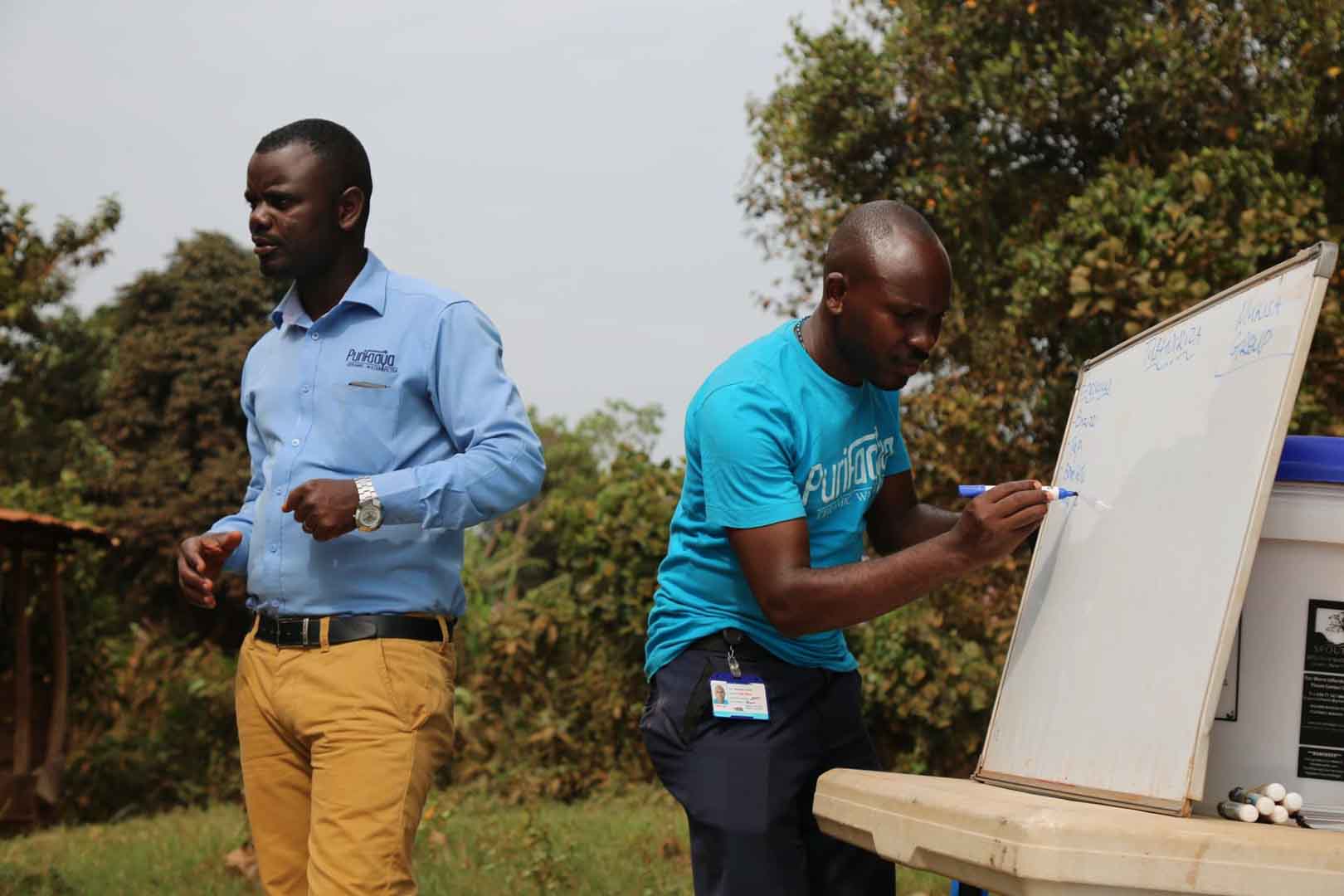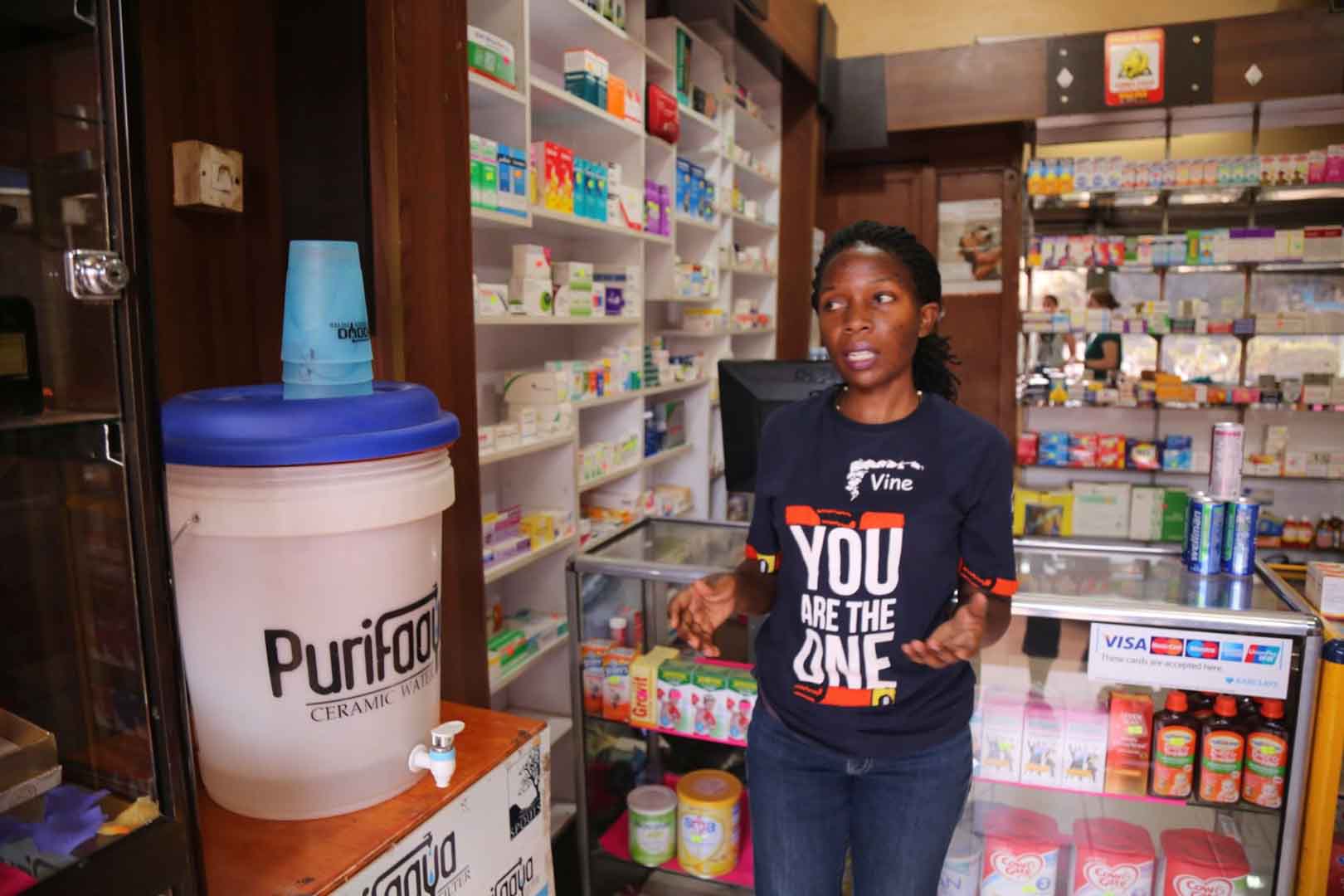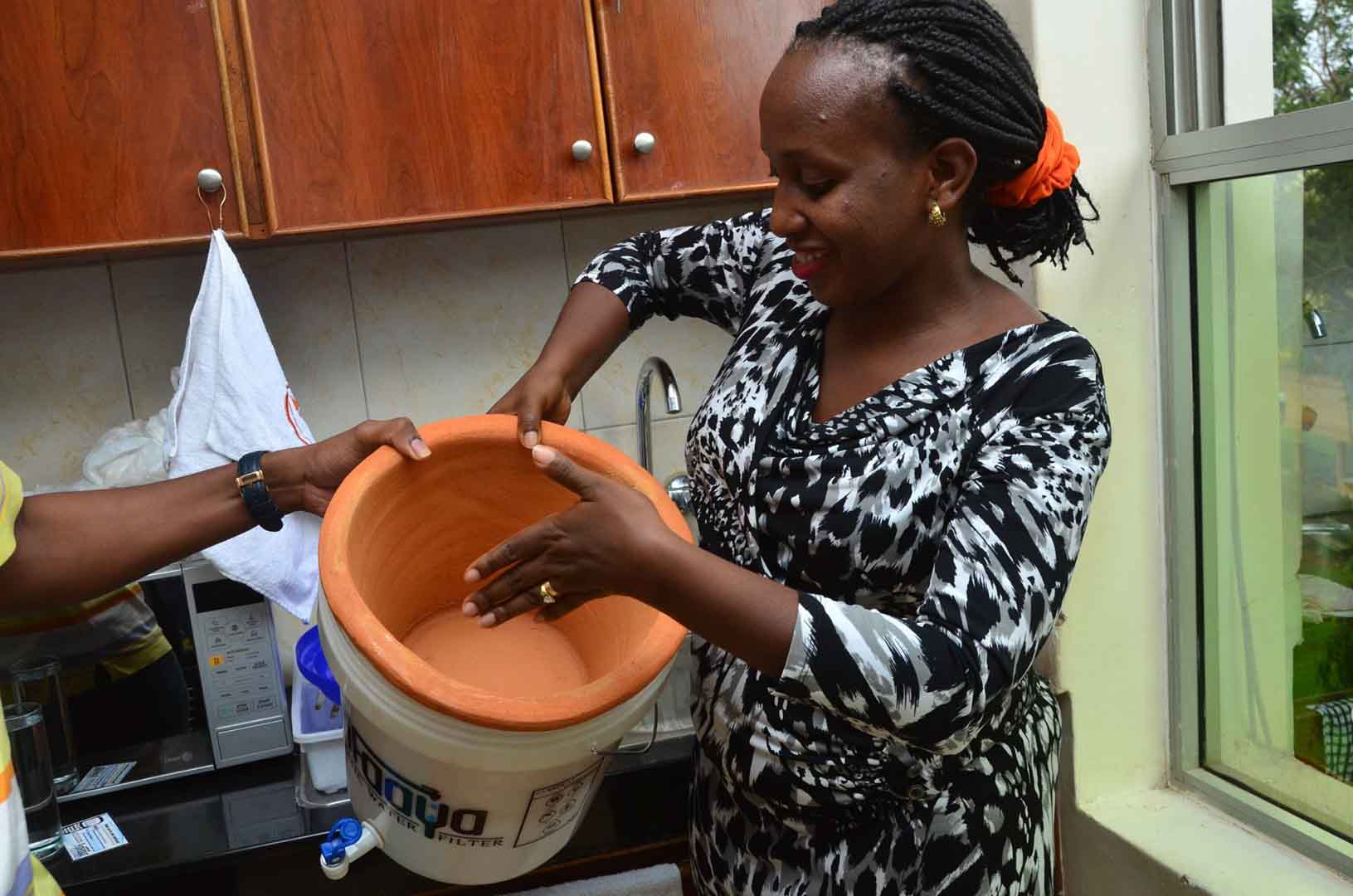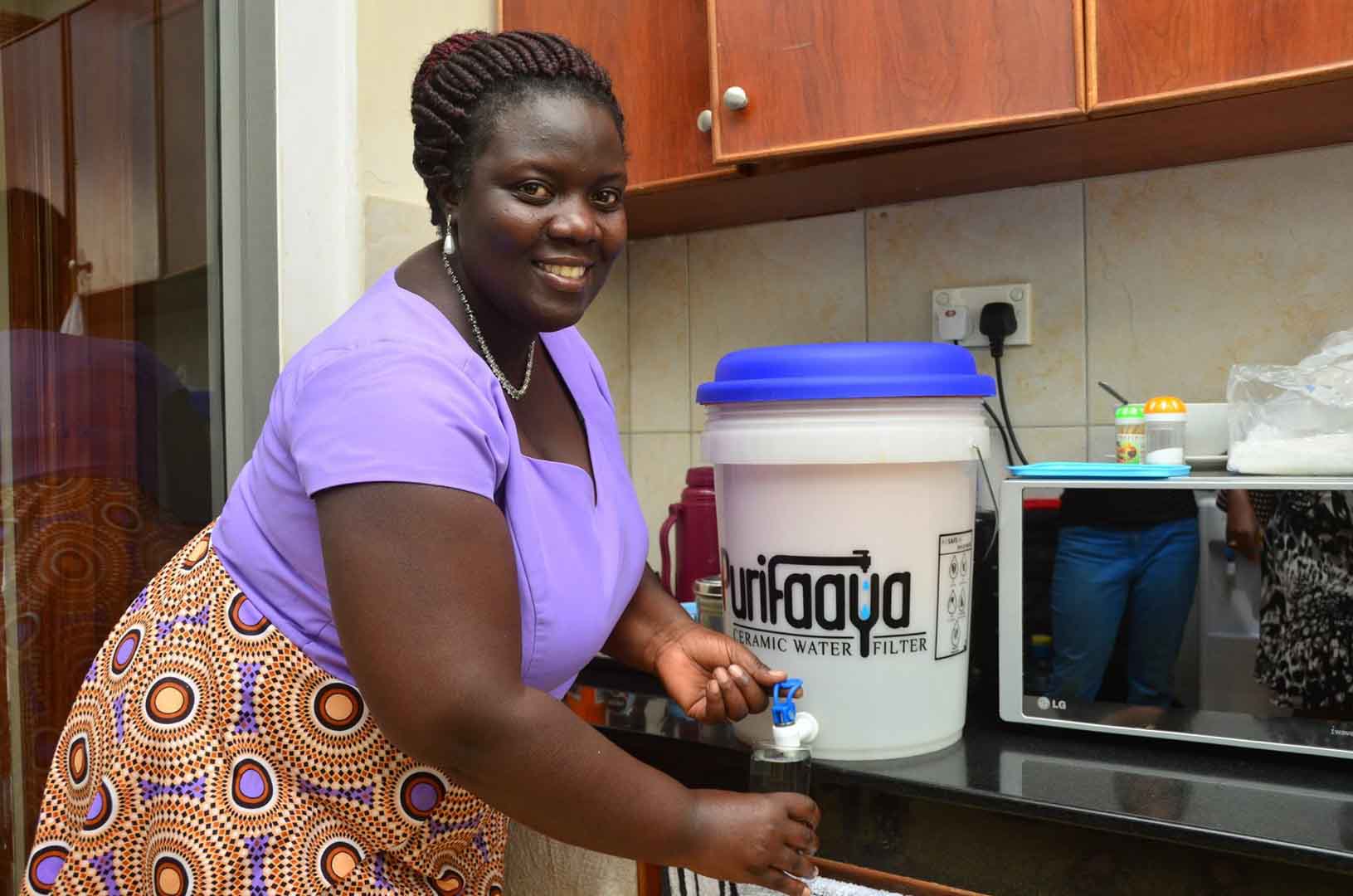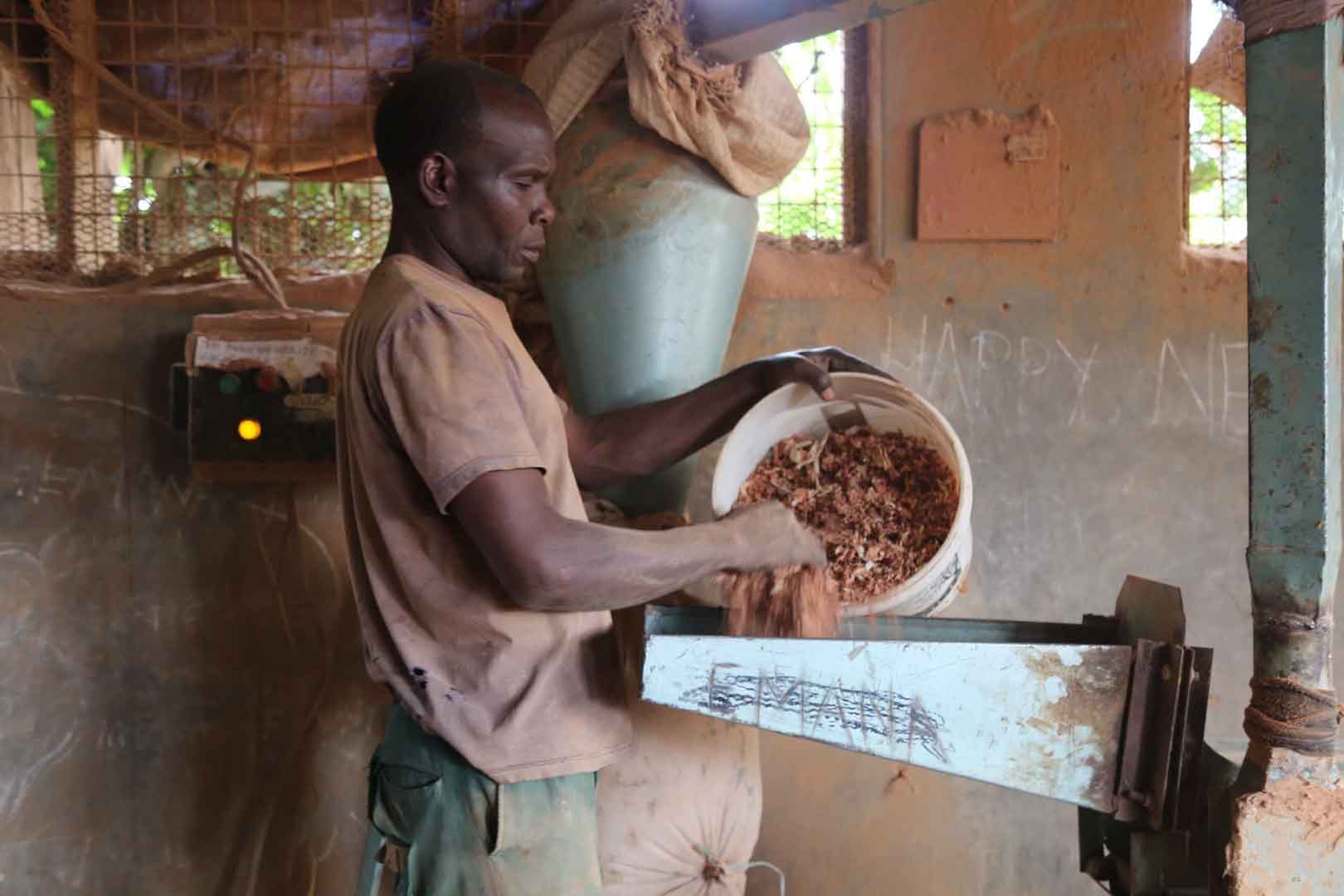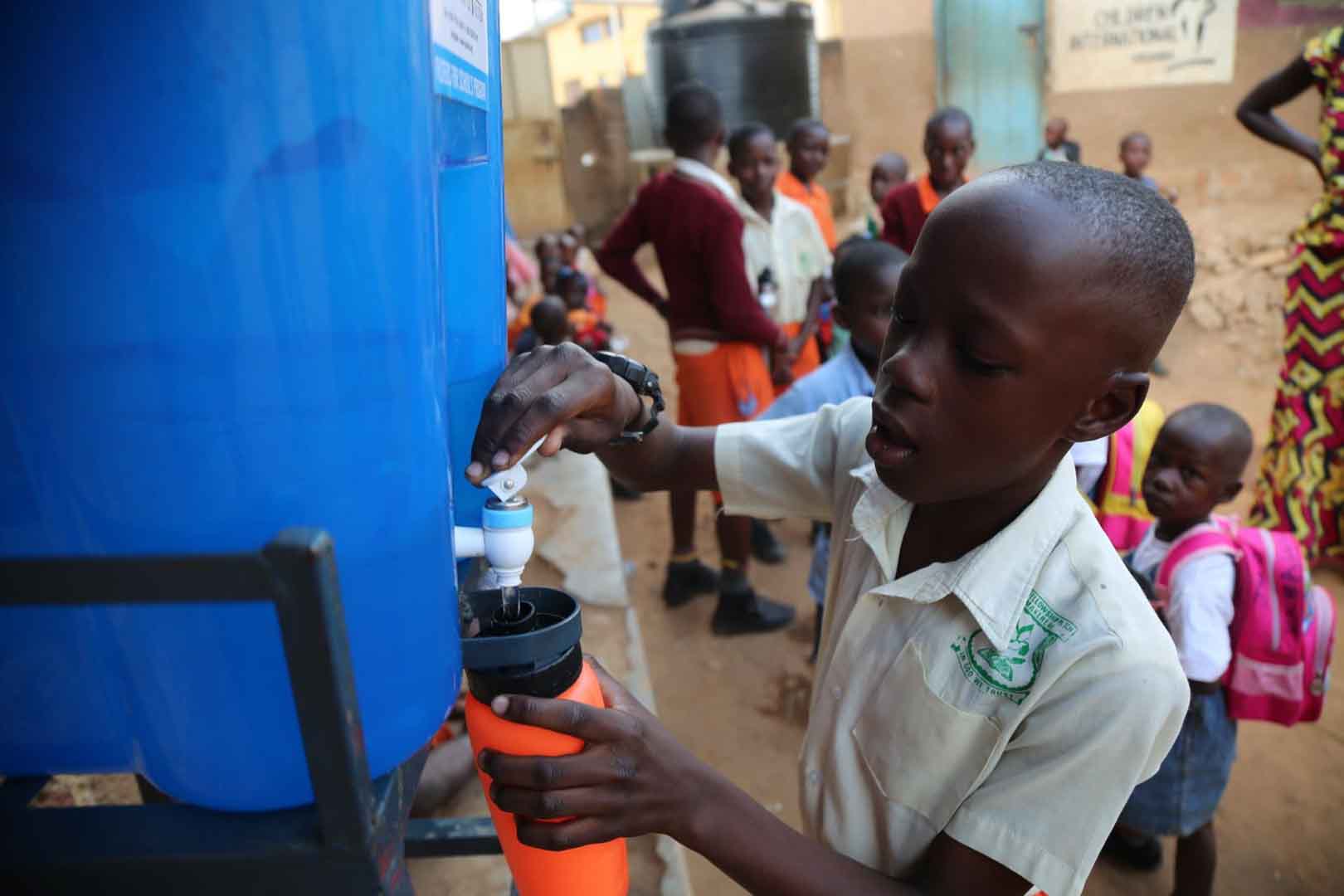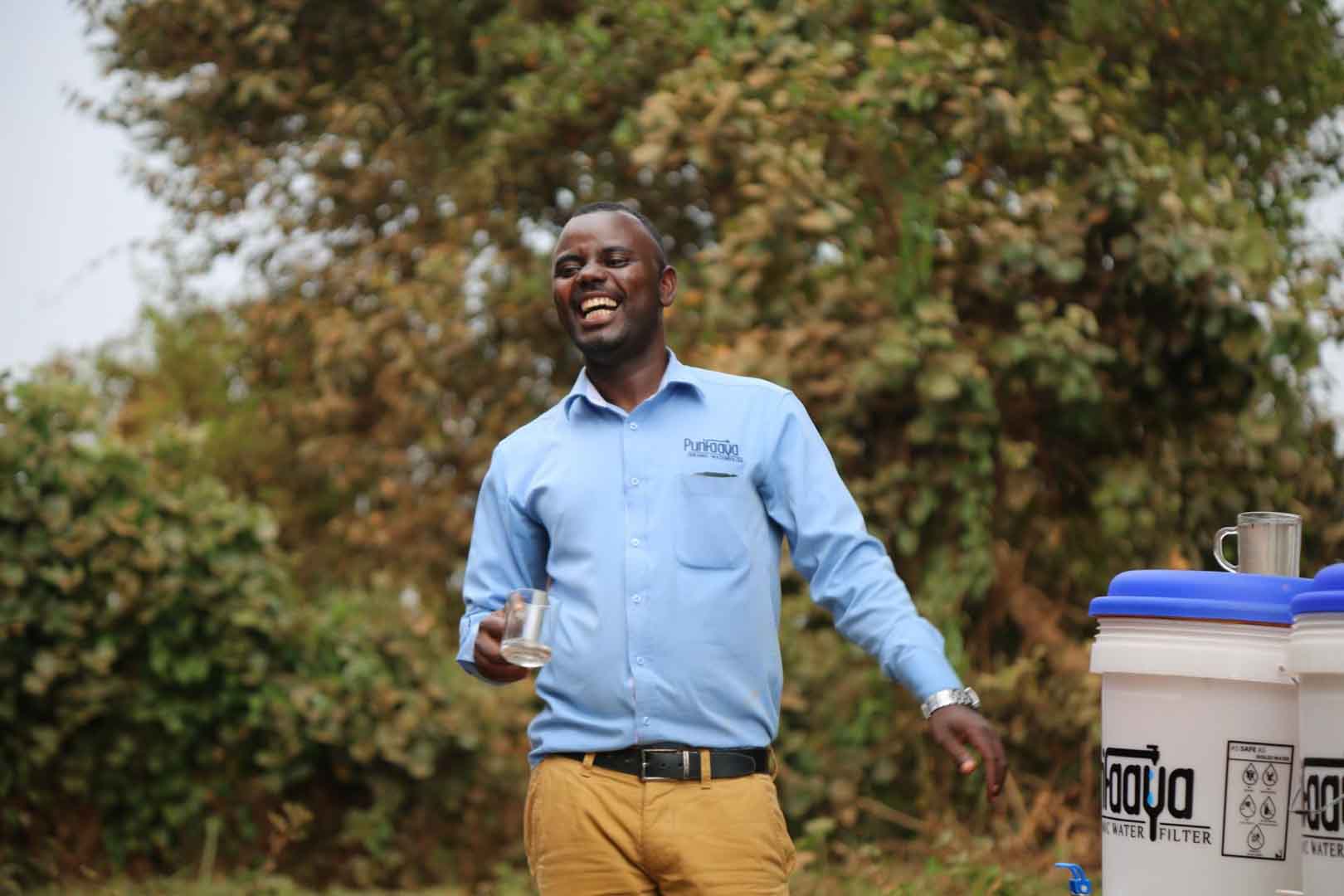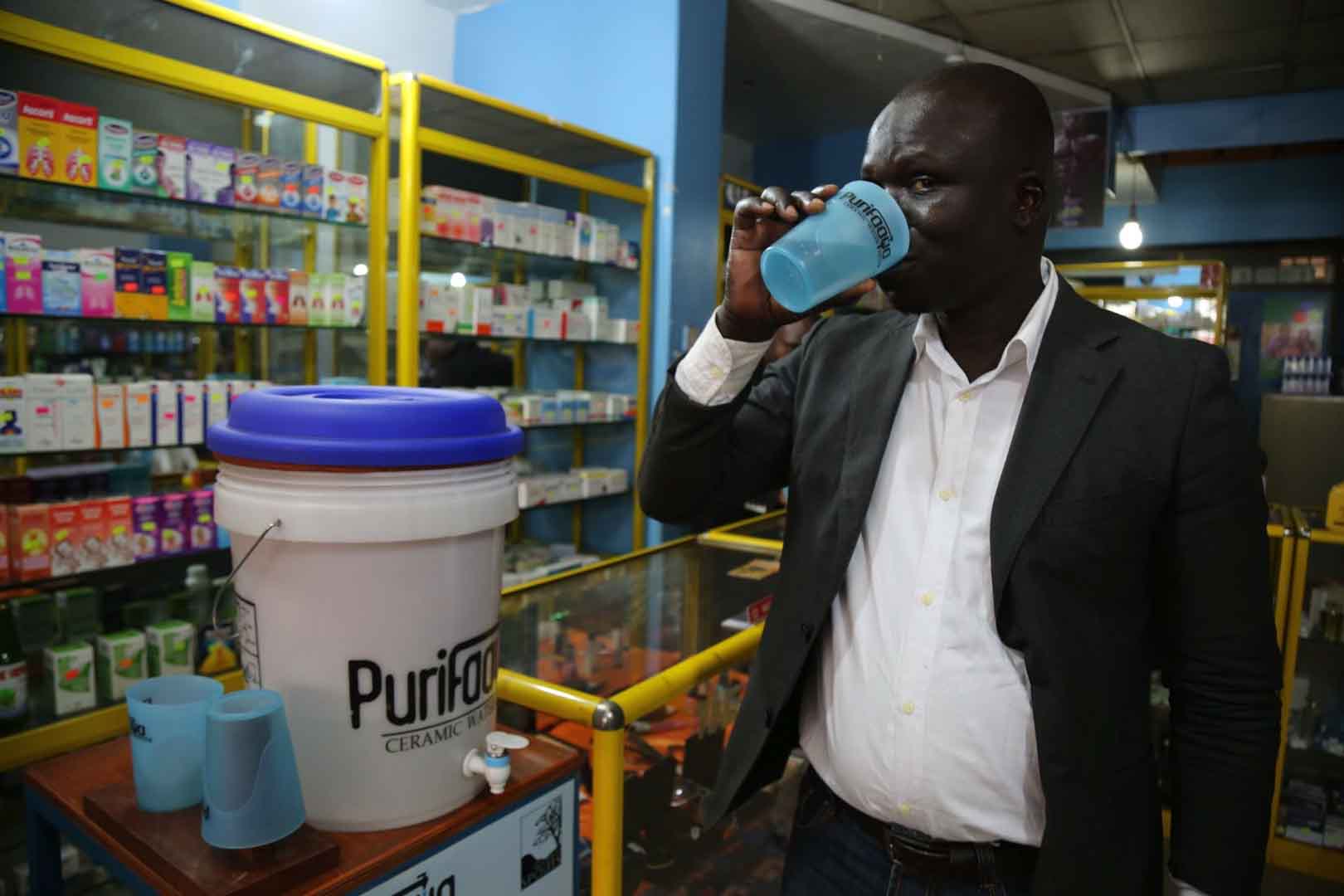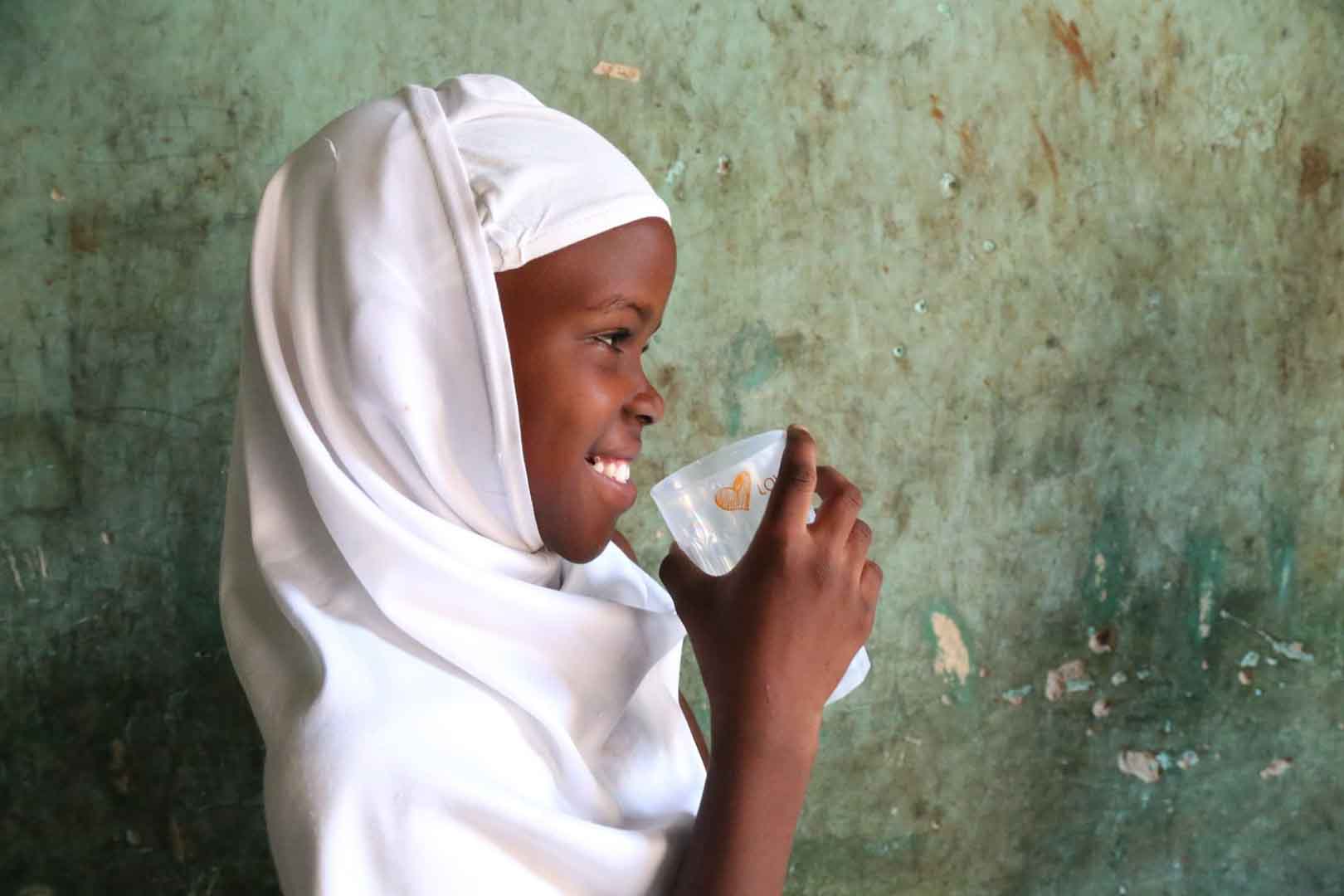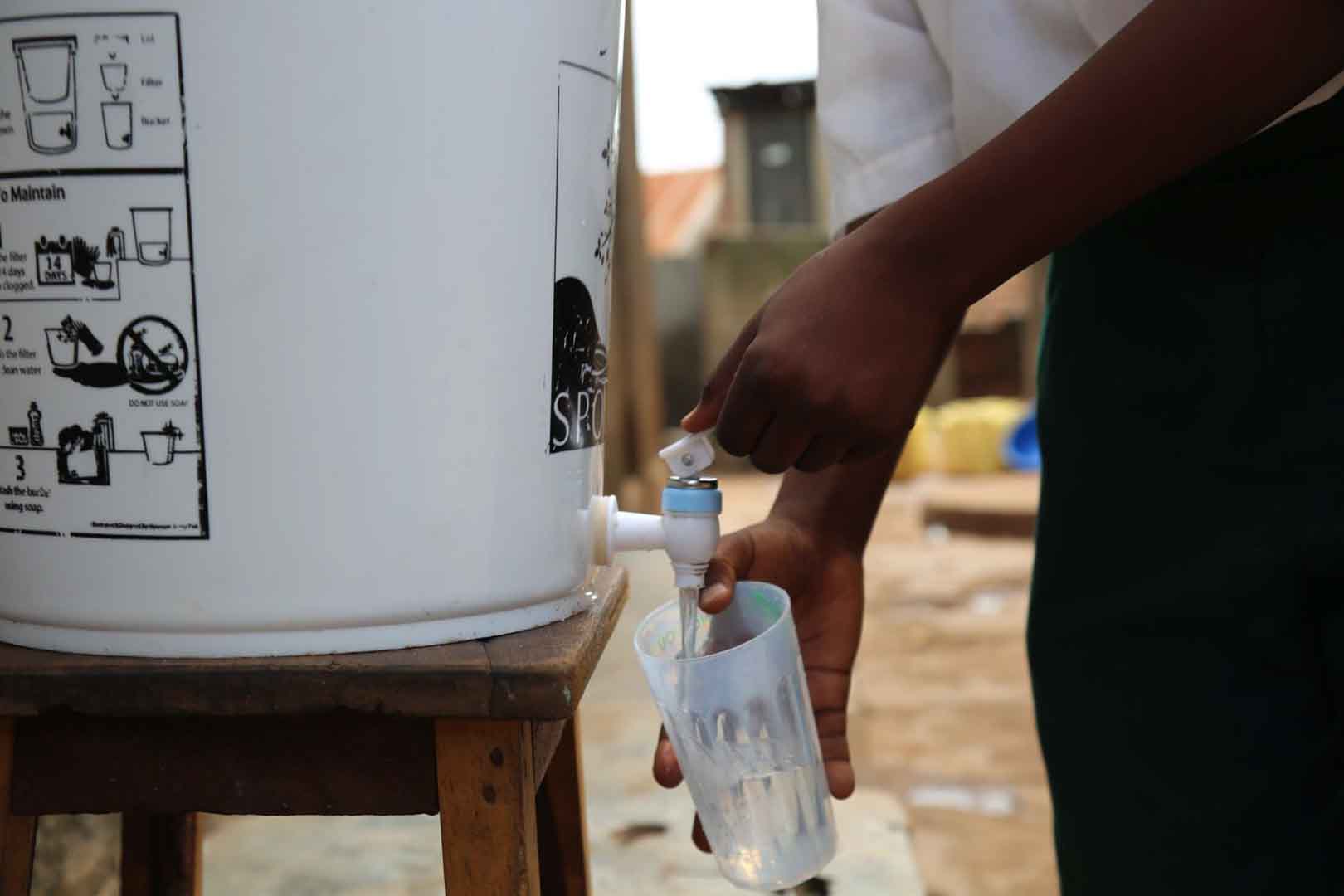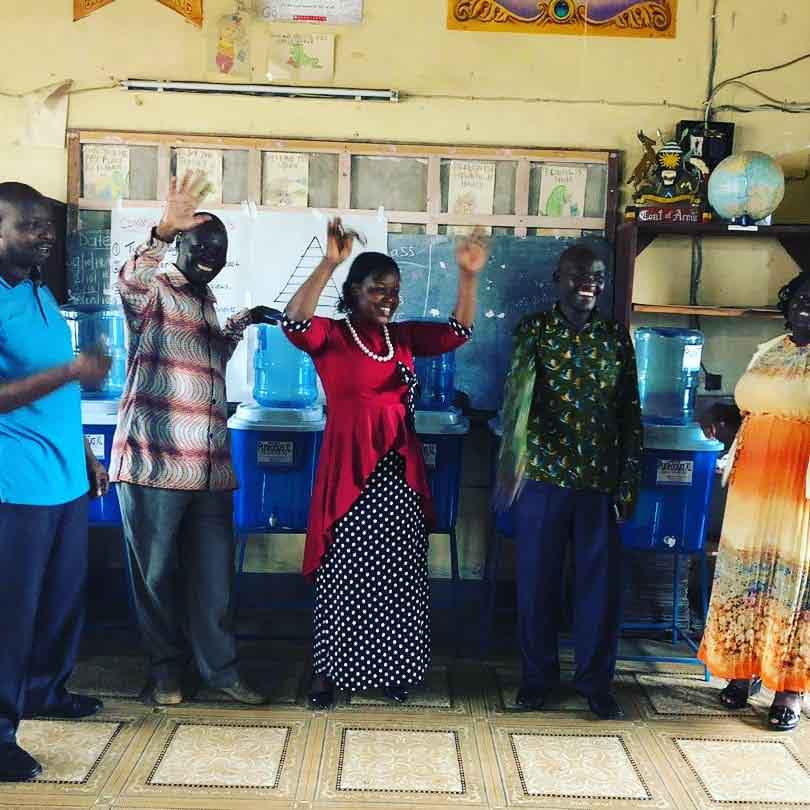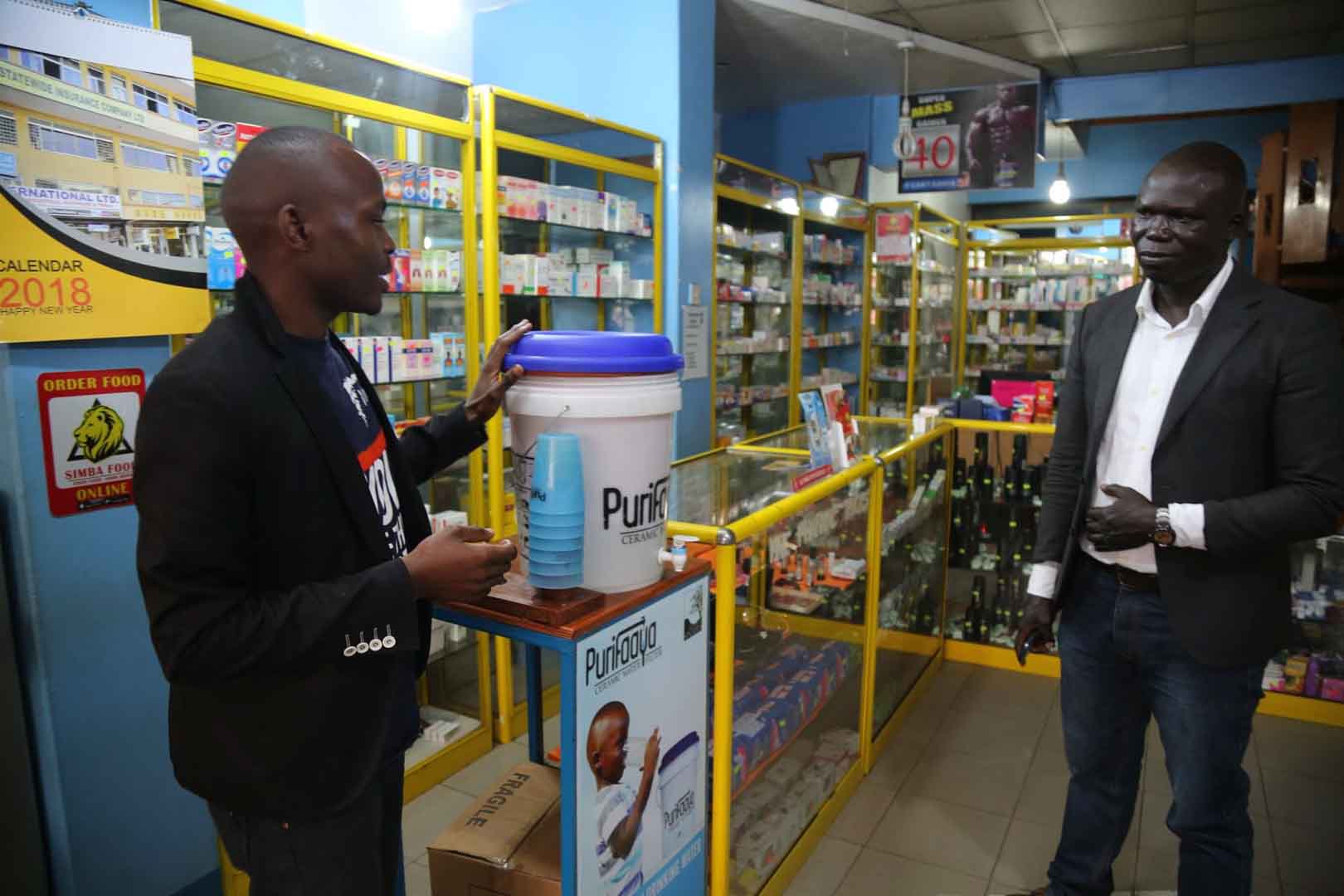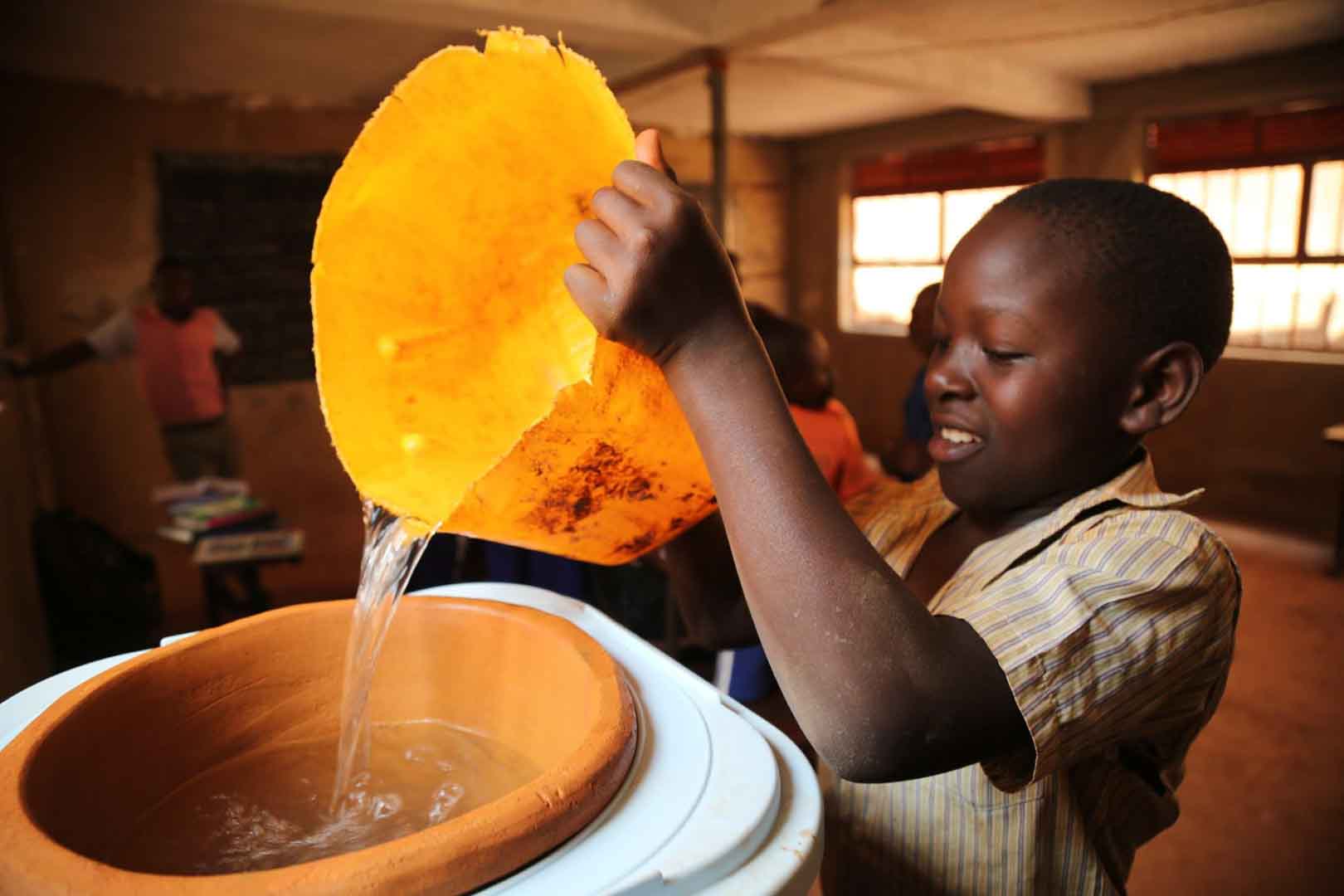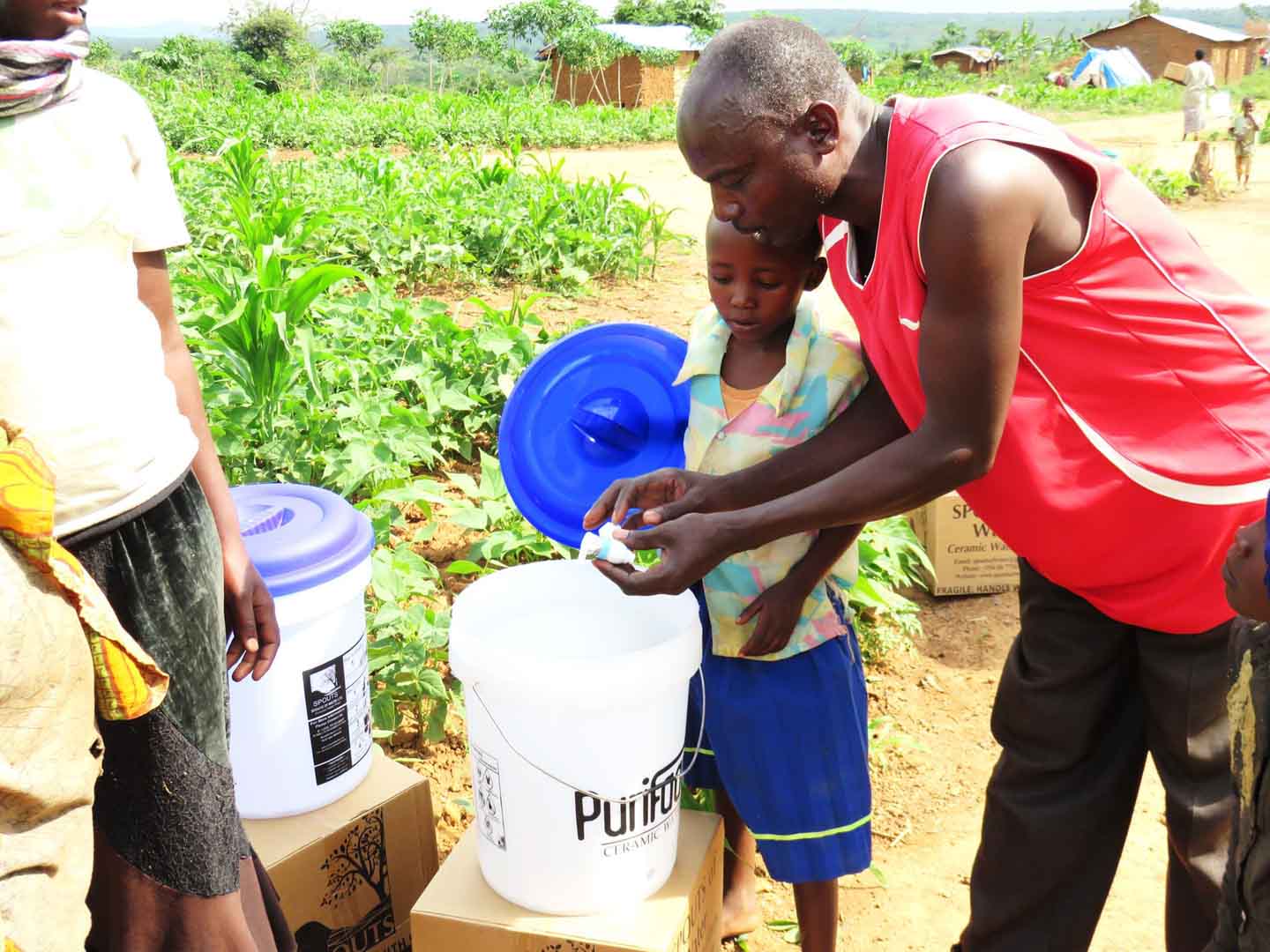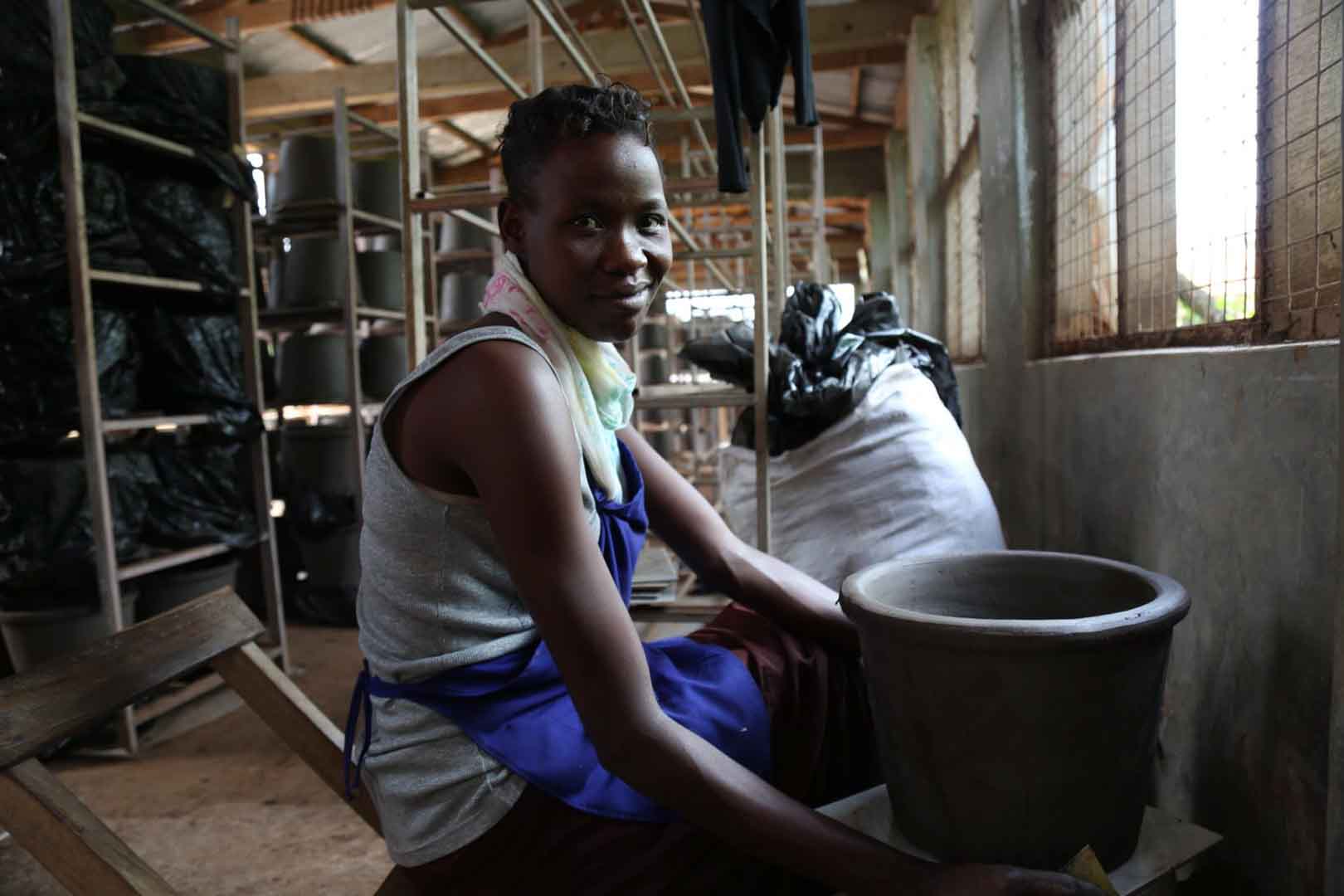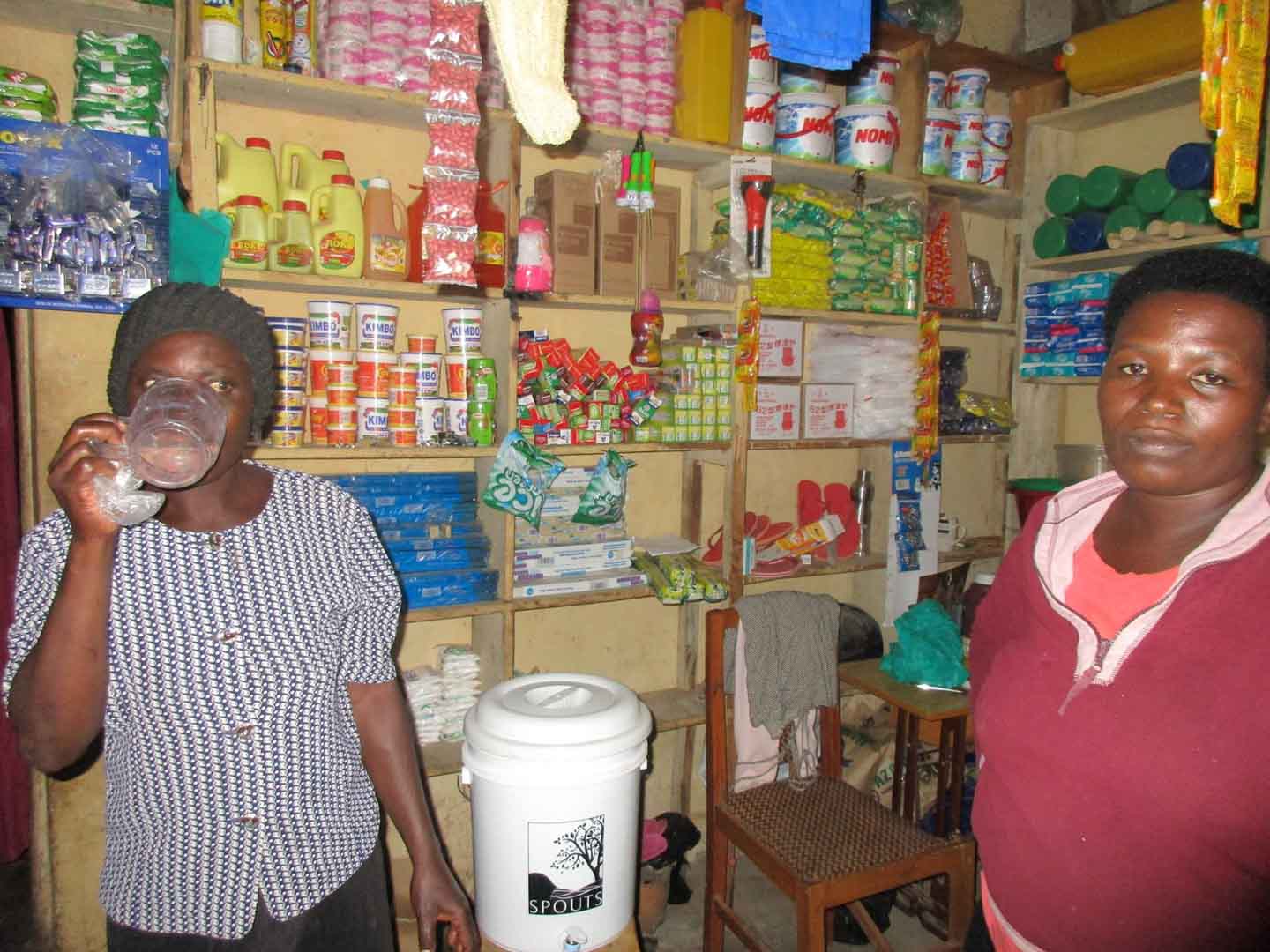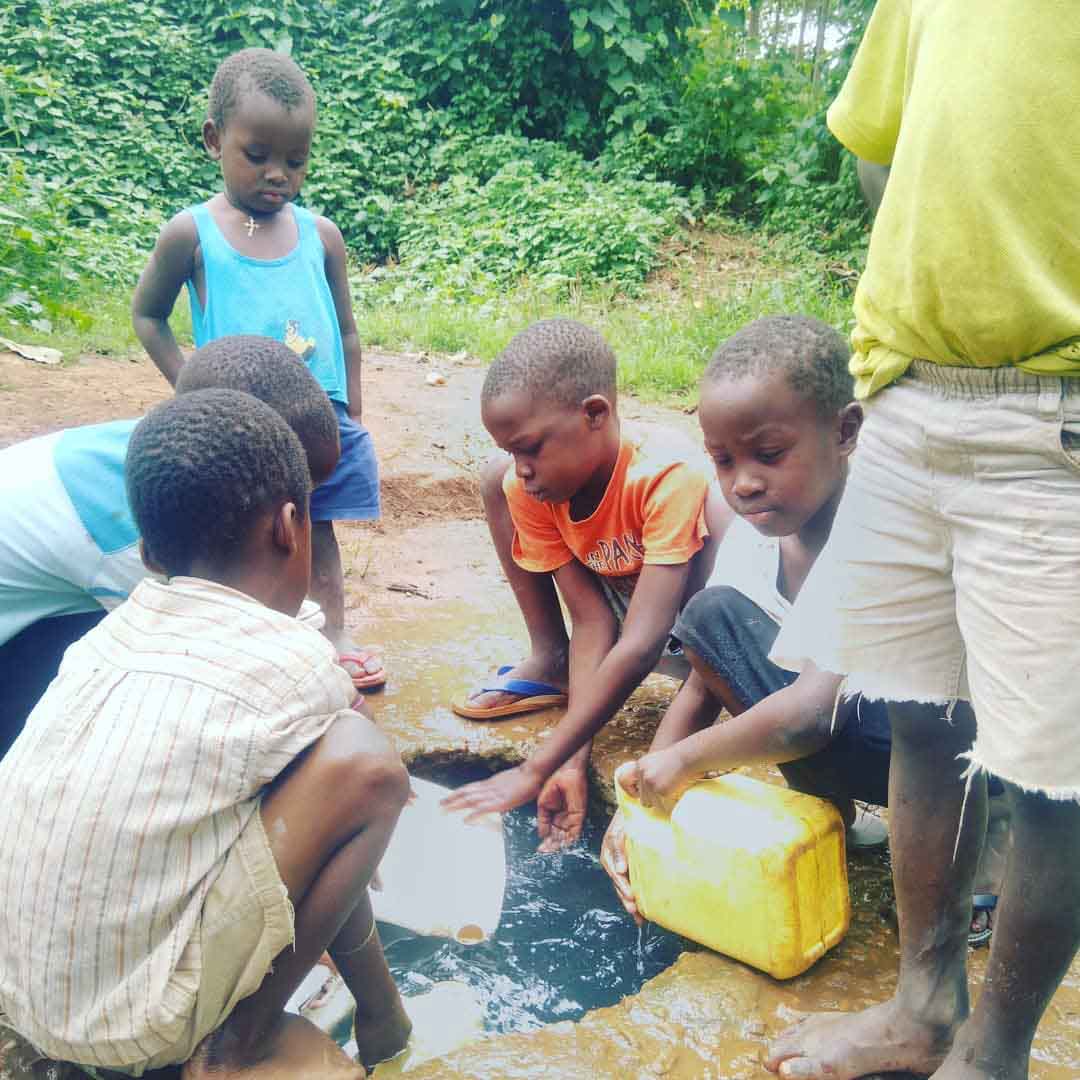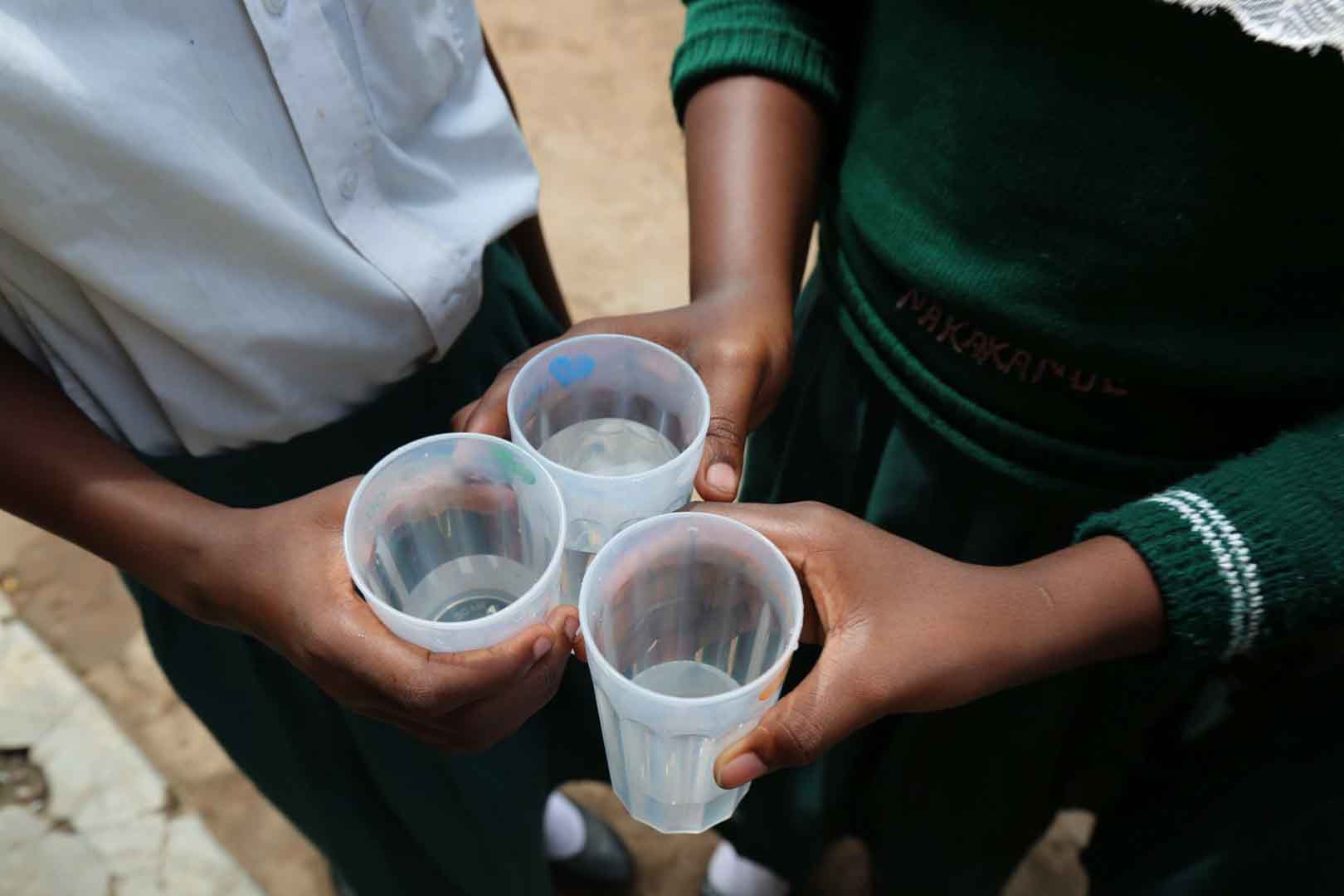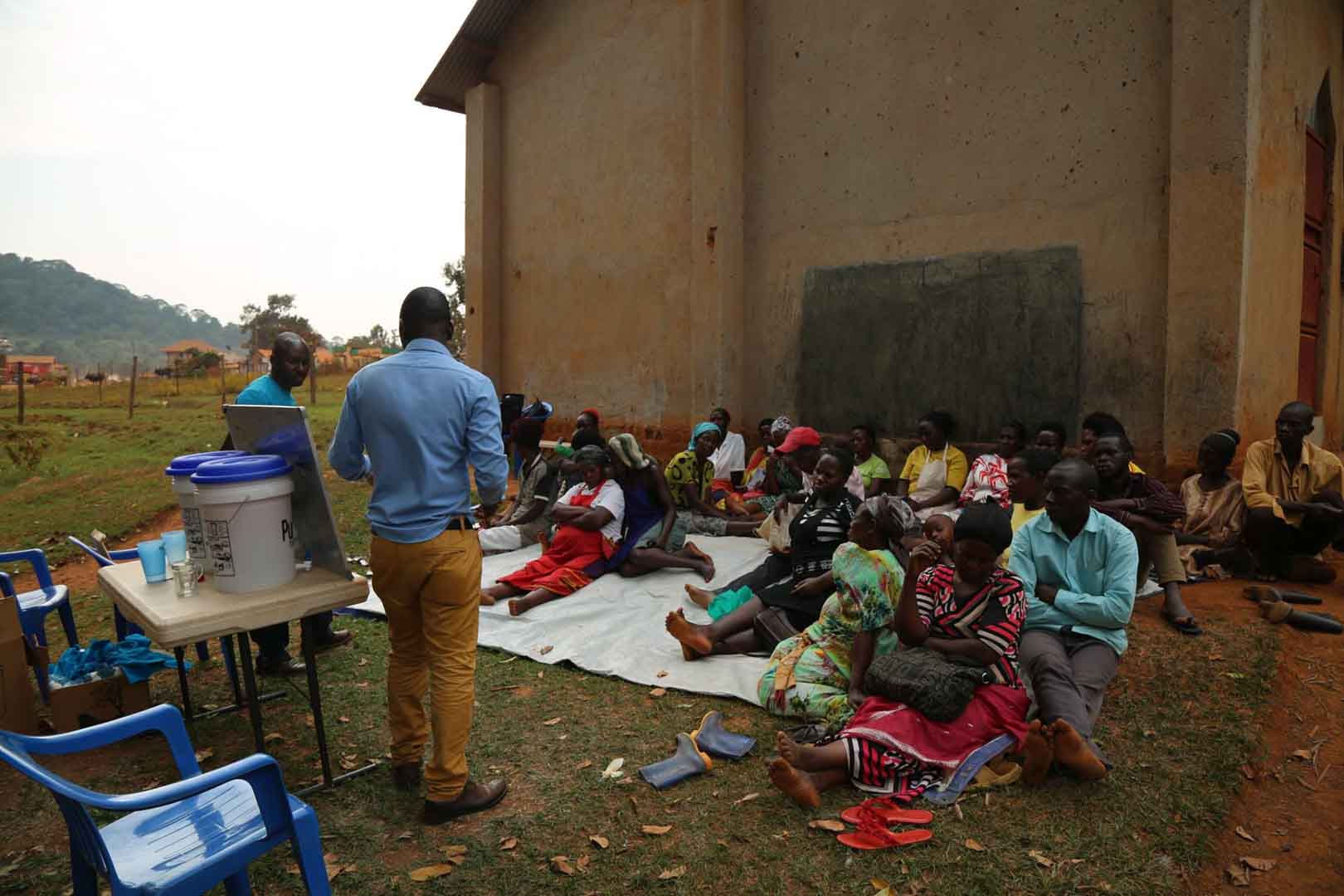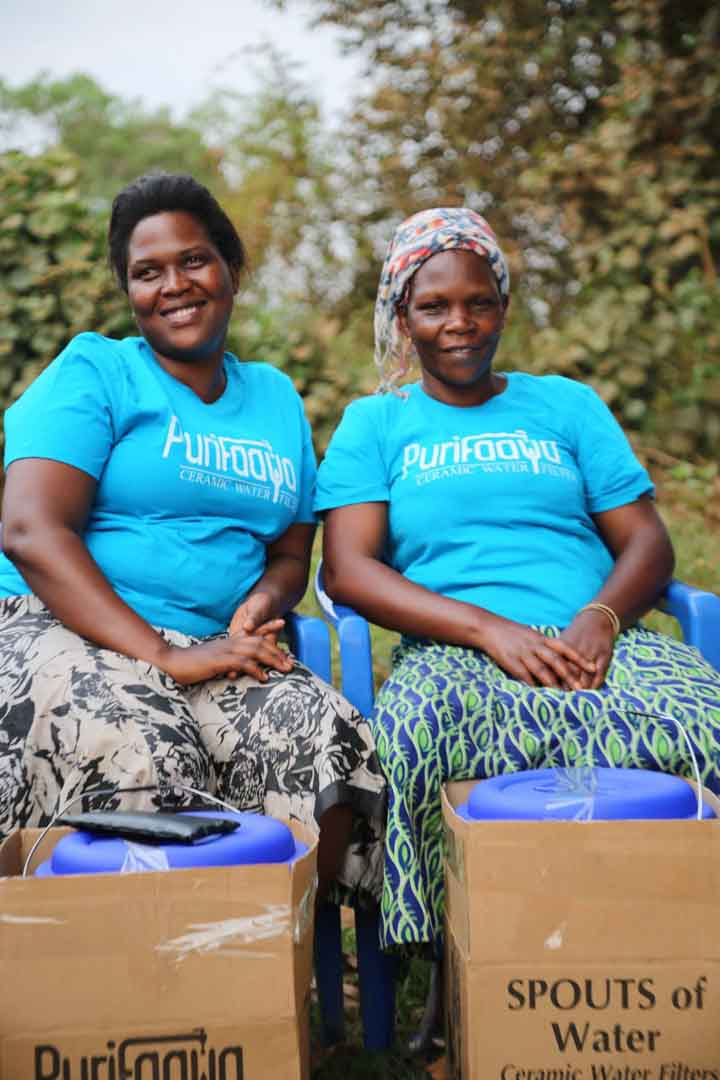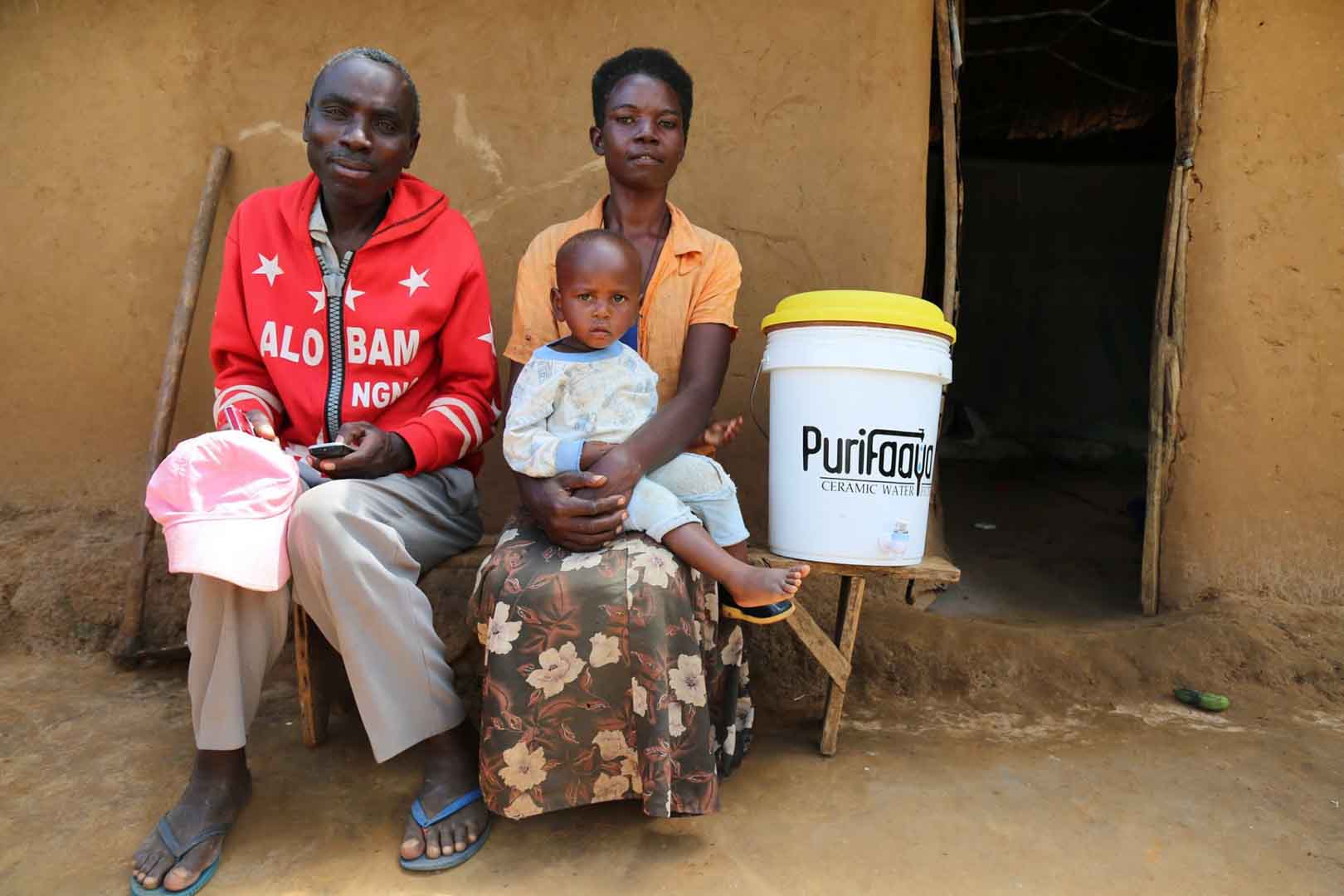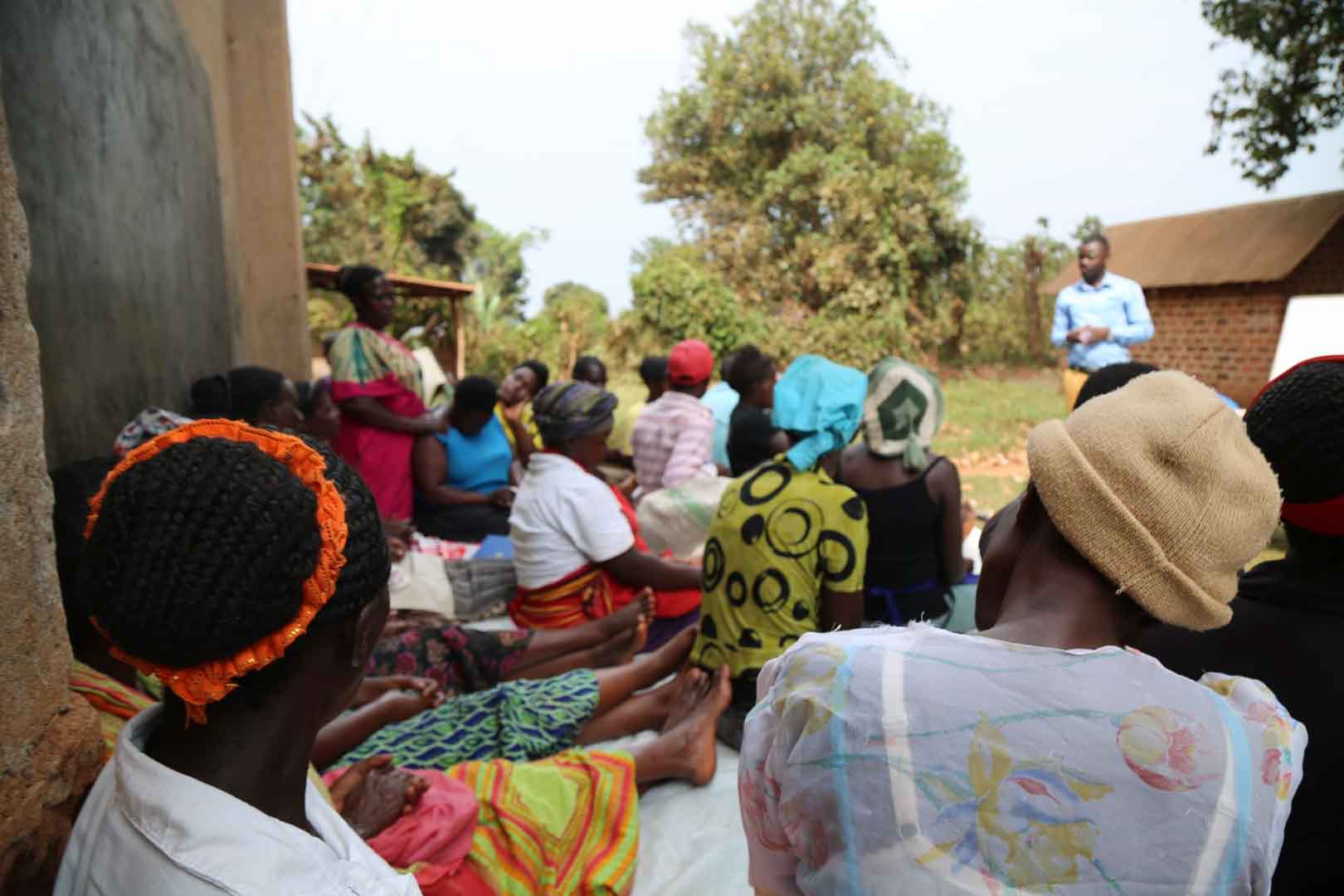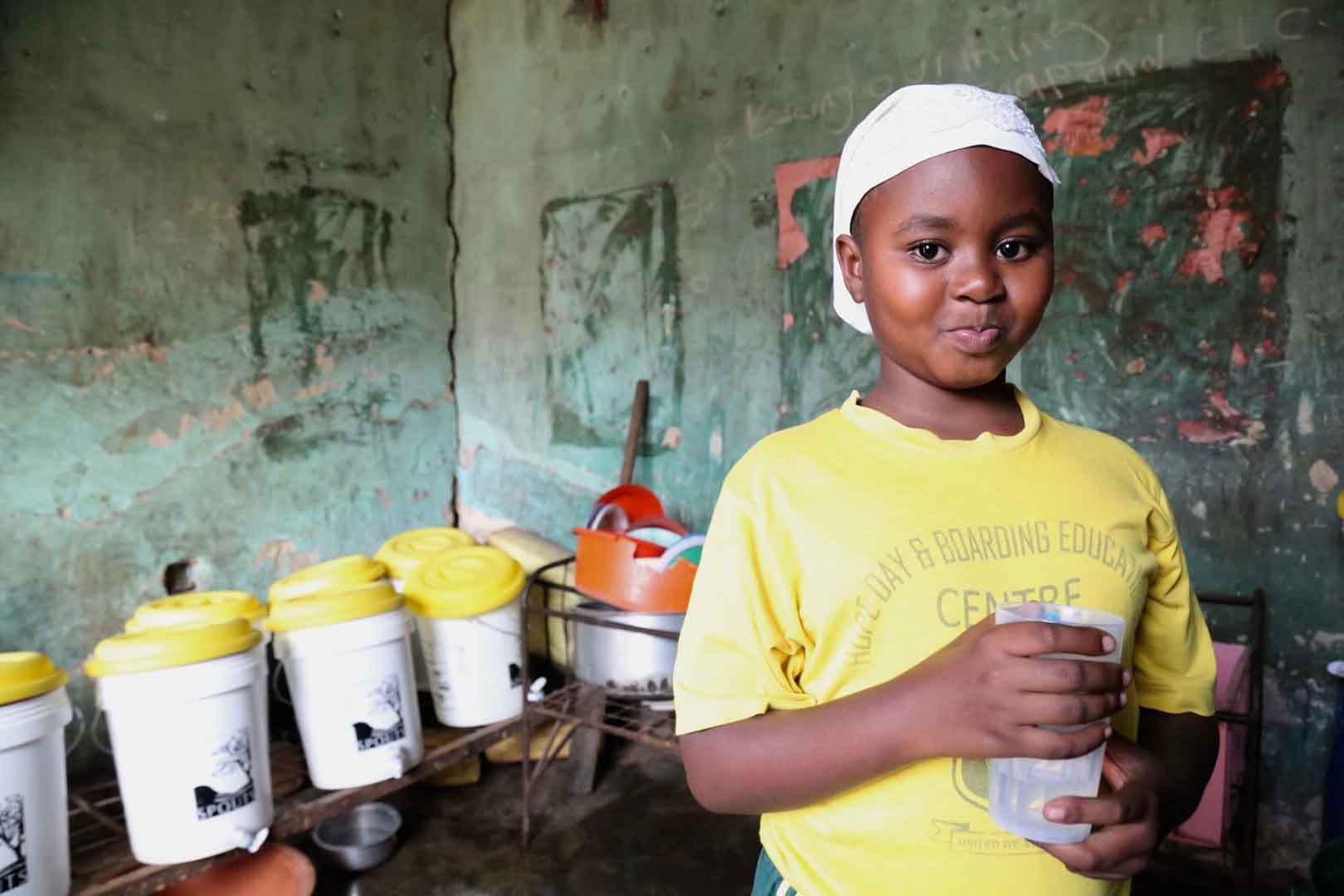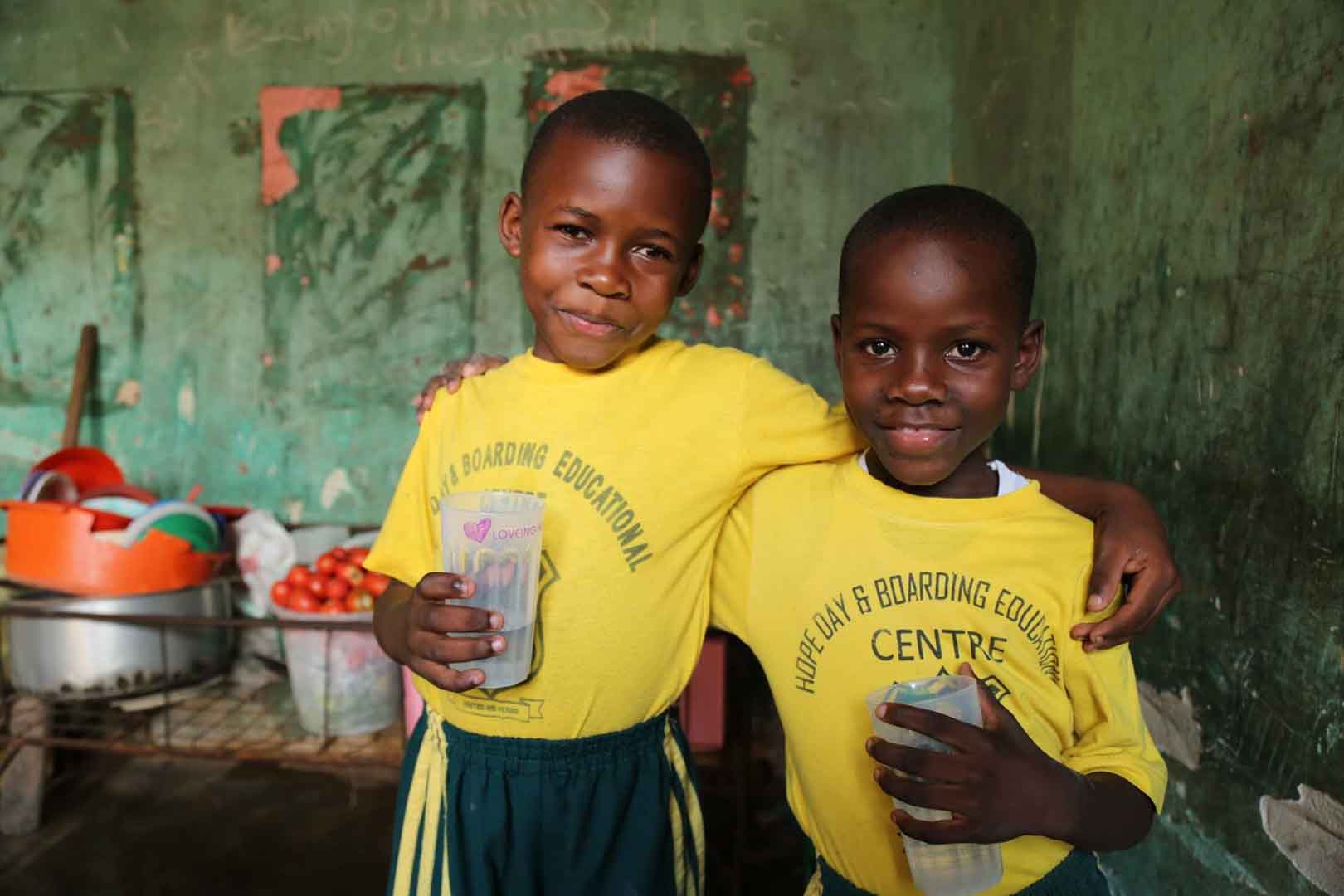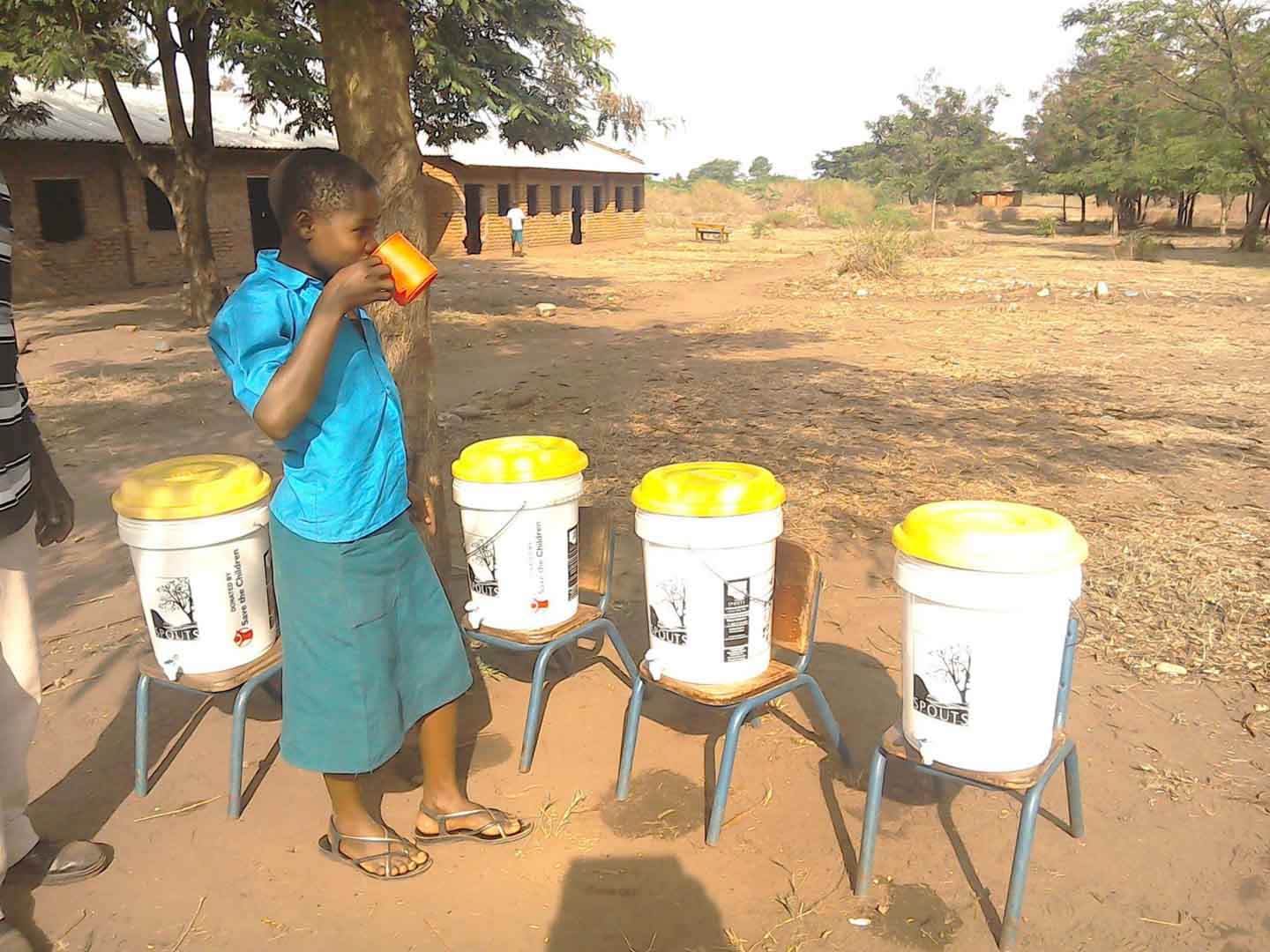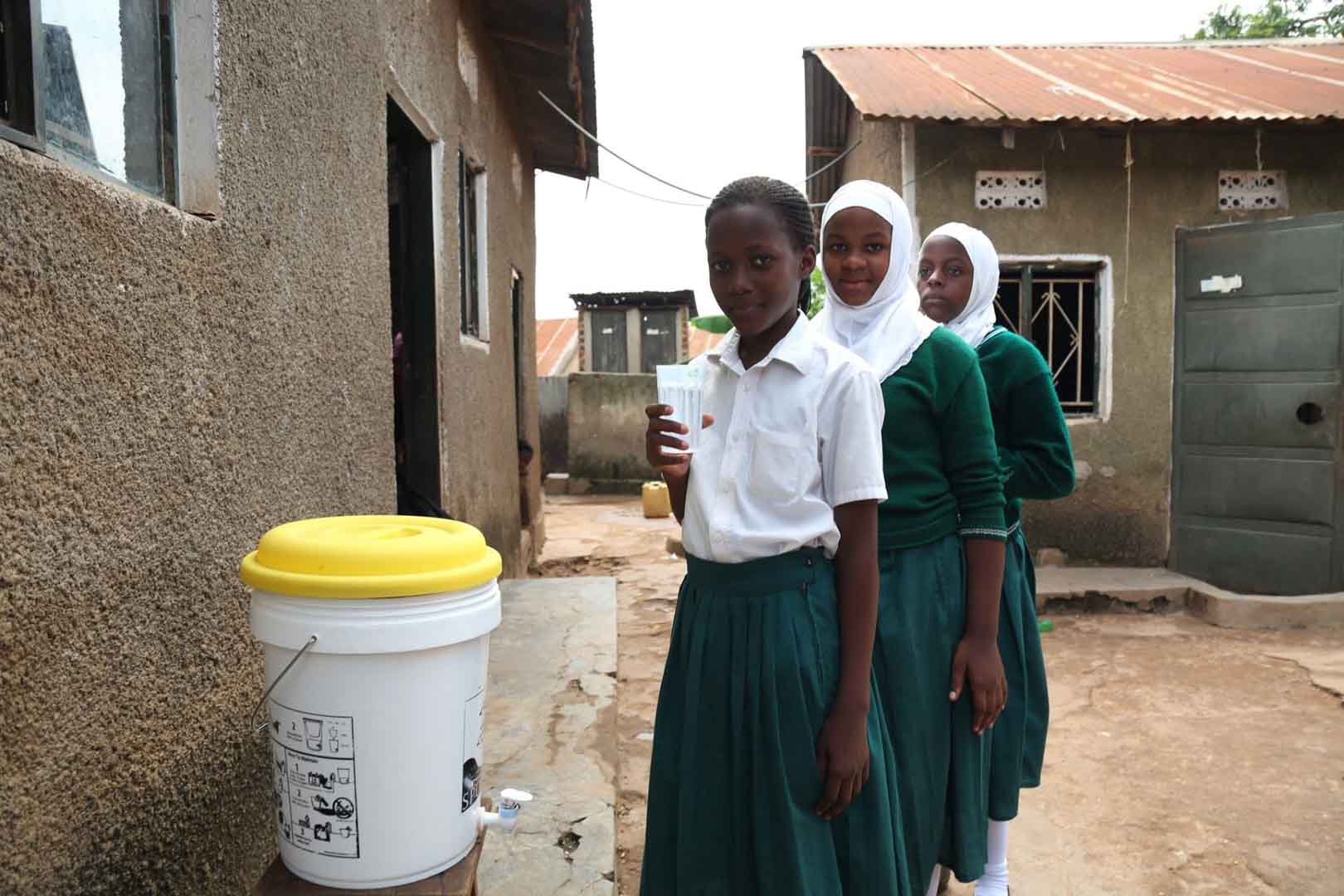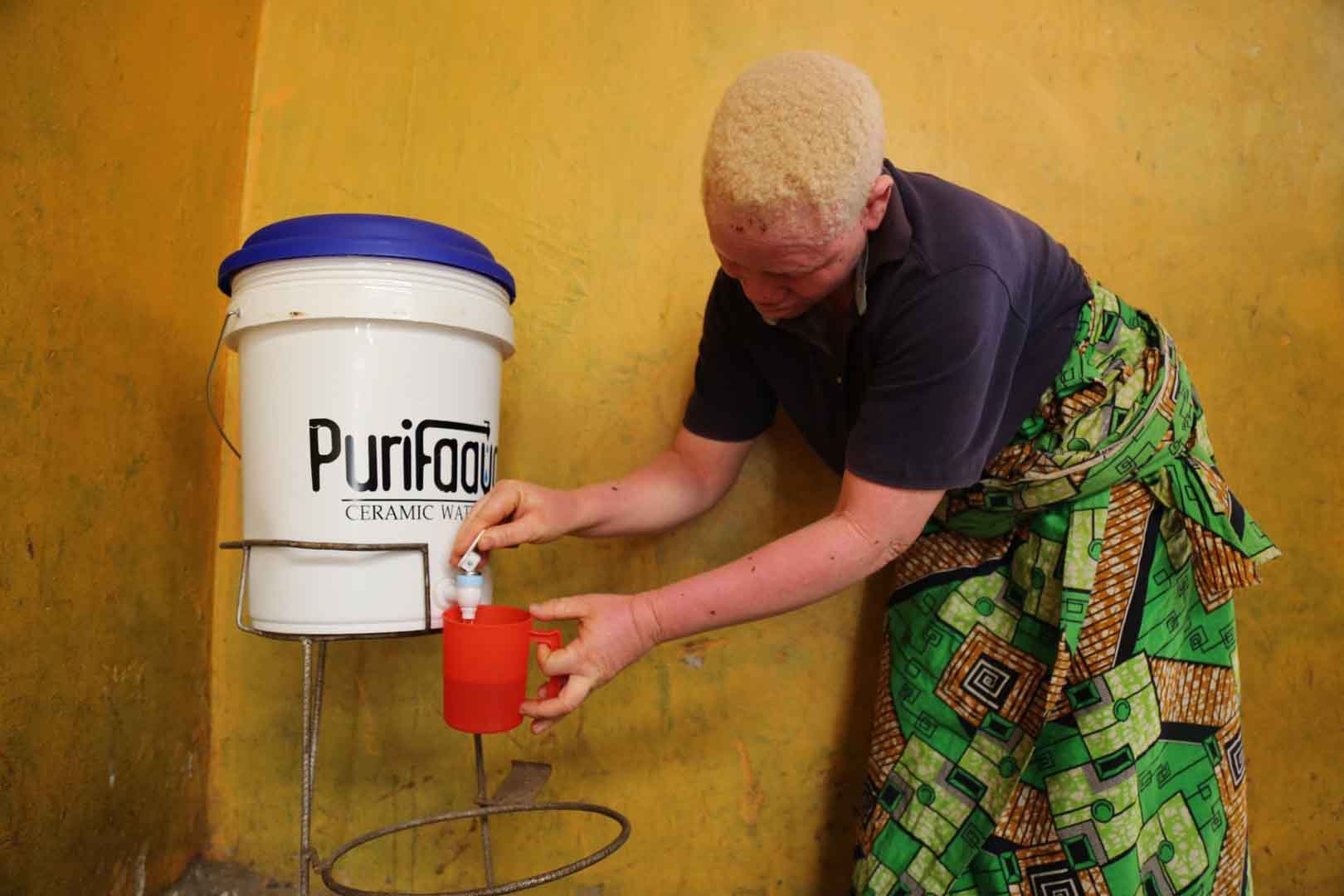Safe drinking water for Ugandan families
In Uganda, fourty million people lack access to a clean source of water. This leads to health, social, economic and environmental problems. To make water safe for drinking, most families boil it, using wood, charcoal or other biomass which puts pressure on forests. Many people are unaware of the health risks and continue to drink unsafe water. Water borne illnesses like diarrhea are a leading cause of death for children under the age of five, exceeding deaths from either malaria or AIDS.
To help address these challenges, the Spouts project has developed an innovative business approach. It manufactures and distributes the so-called Purifaaya ceramic water filters to low income families, allowing them to purify and disinfect drinking water at home. The filters eliminate 99.9 percent of bacteria and can hold 20 liters of water. They are an affordable, effective, sustainable and easy to use solution for providing safe water. One filter costs 25 USD and lasts up to 5 years. A specific XL model has been created and is used at schools and in refugee. The project aims to reach 5 million Ugandans, or 14 percent of the population, by 2025.
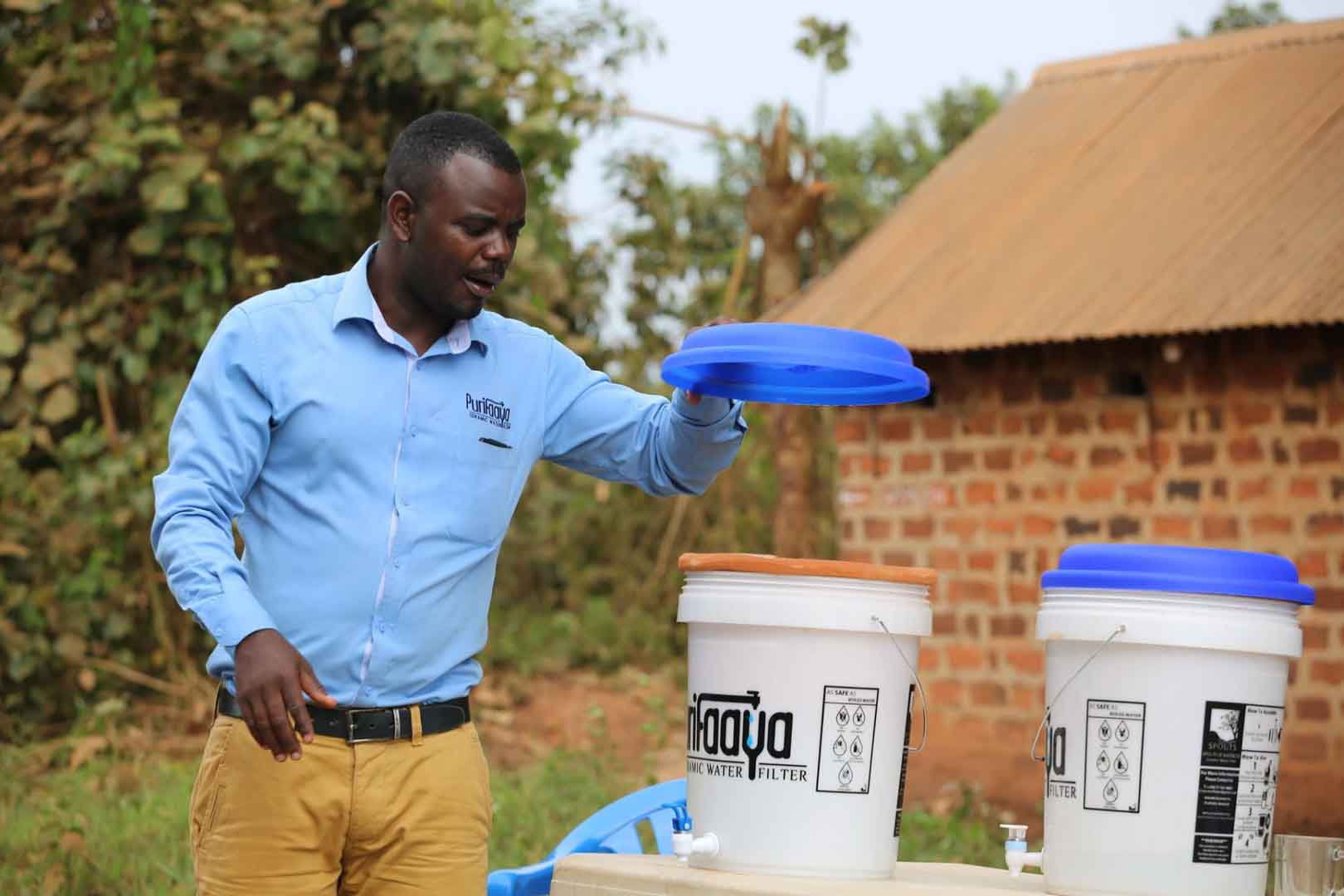
According to UNICEF, 2.2 billion people worldwide lack reliable access to safe and clean drinking water – 26% of the global population. Women and girls often must travel long distances to collect water from the nearest water point. To make the water safe for use, it is typically boiled over open fires using wood, which generates carbon emissions and harmful smoke. Additionally, the collection of firewood contributes to deforestation.
Climate projects for clean drinking water offer practical solutions. Water can be treated chemically (e.g., with chlorine-based purifiers), mechanically (e.g., with water filters), or through tapping groundwater from wells. For this, wells must be repaired, maintained, or newly installed, as only functioning wells provide clean drinking water. These solutions grant even remote villages access to safe water.
Such projects also reduce carbon emissions by eliminating the need to boil water and help combat deforestation. The clean drinking water projects in ClimatePartner's portfolio are registered with international standards.
TypeReduction
LocationUganda, Spouts
StandardGold Standard
TechnologyClean drinking water
Registry ID5705
Validated byGold Standard
Four criteria for projects to meet quality thresholds
The life cycle of a climate project
A climate project has a set life cycle consisting of various phases, from the feasibility assessment to the retirement of Verified Emission Reductions (VERs).The project developer reviews the general feasibility of the project, the project design, and the financing. Then, the Project Design Document (PDD) is prepared, which contains all the basic information about the project, such as the objective, location, timeline, and duration.
In this phase, independent auditors examine the PDD and the information it contains. This phase often also involves field visits with on-side interviews and analyses. Auditors are accredited, impartial assessors who have to be approved by the relevant standard as a validation and verification body (VVB). TÜV Nord/Süd, S&A Carbon LLC., and SCS Global Services are examples of VVBs."
Once validated, the project can be registered with a standard such as the Verified Carbon Standard or the Gold Standard. All high-quality climate projects are based on international standards. They provide the framework for project design, construction, carbon accounting, and monitoring. Recognised standards make the climate project system and the projects themselves resilient, traceable, and credible.
After the climate project has been registered, the monitoring begins. Here, the project developers monitor and document the data of the project activities and progress. The duration of the monitoring phase varies from project to project: it can cover two years, but documentation over five or seven years is also possible.
At the end of each monitoring phase, a VVB checks and assesses whether the values and project activities stated in the monitoring report are correct. As with validation, visits to the project site are often part of the verification process.
Once verified, the emission reductions that were confirmed in the verification phase can be issued as VERs. The steps of monitoring, verification, and issuance of VERs are repeated regularly and are therefore considered as a cycle.
Once a VER has been used, it must be retired. This process is also reflected in the registry. If the financing of a climate project is done through ClimatePartner, the VERs are bundled in a system certified by TÜV Austria and then retired on a regular basis. This ensures that each VER can no longer be sold and is only used once, preventing double counting.
Explore our projects
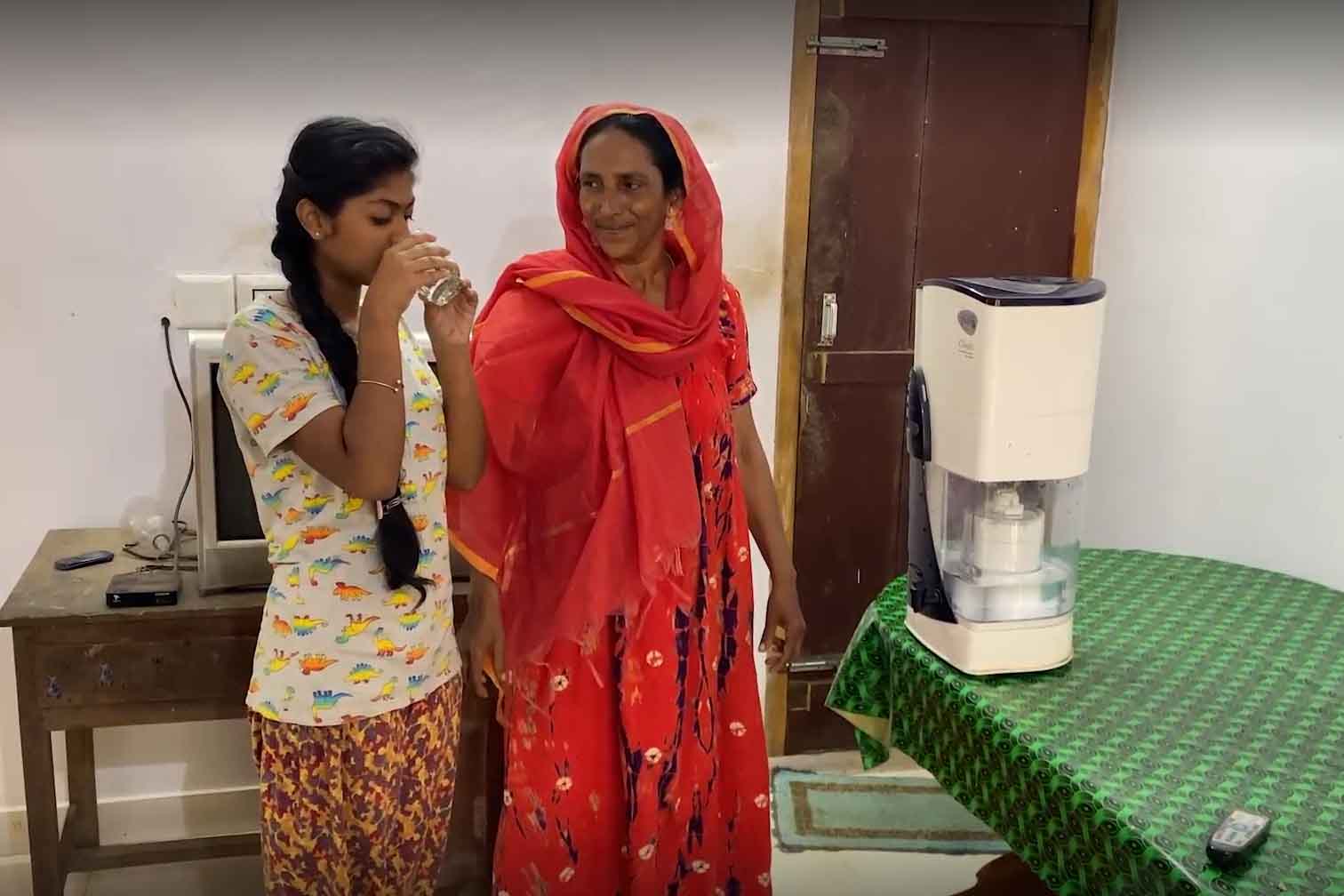
Enabling women in at-risk communities to make the transition to clean energy
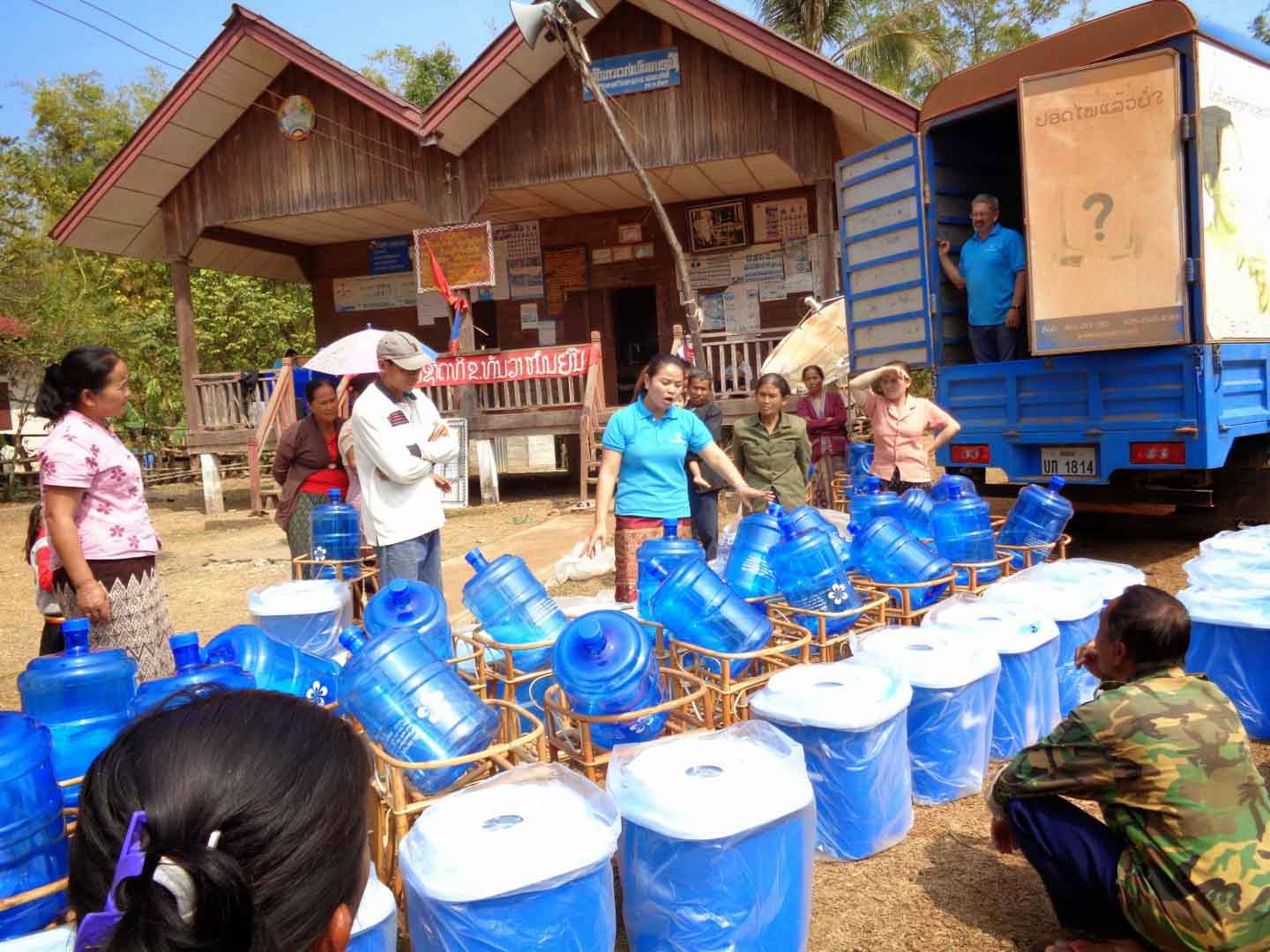
Ceramic water filters save CO2 and improve health
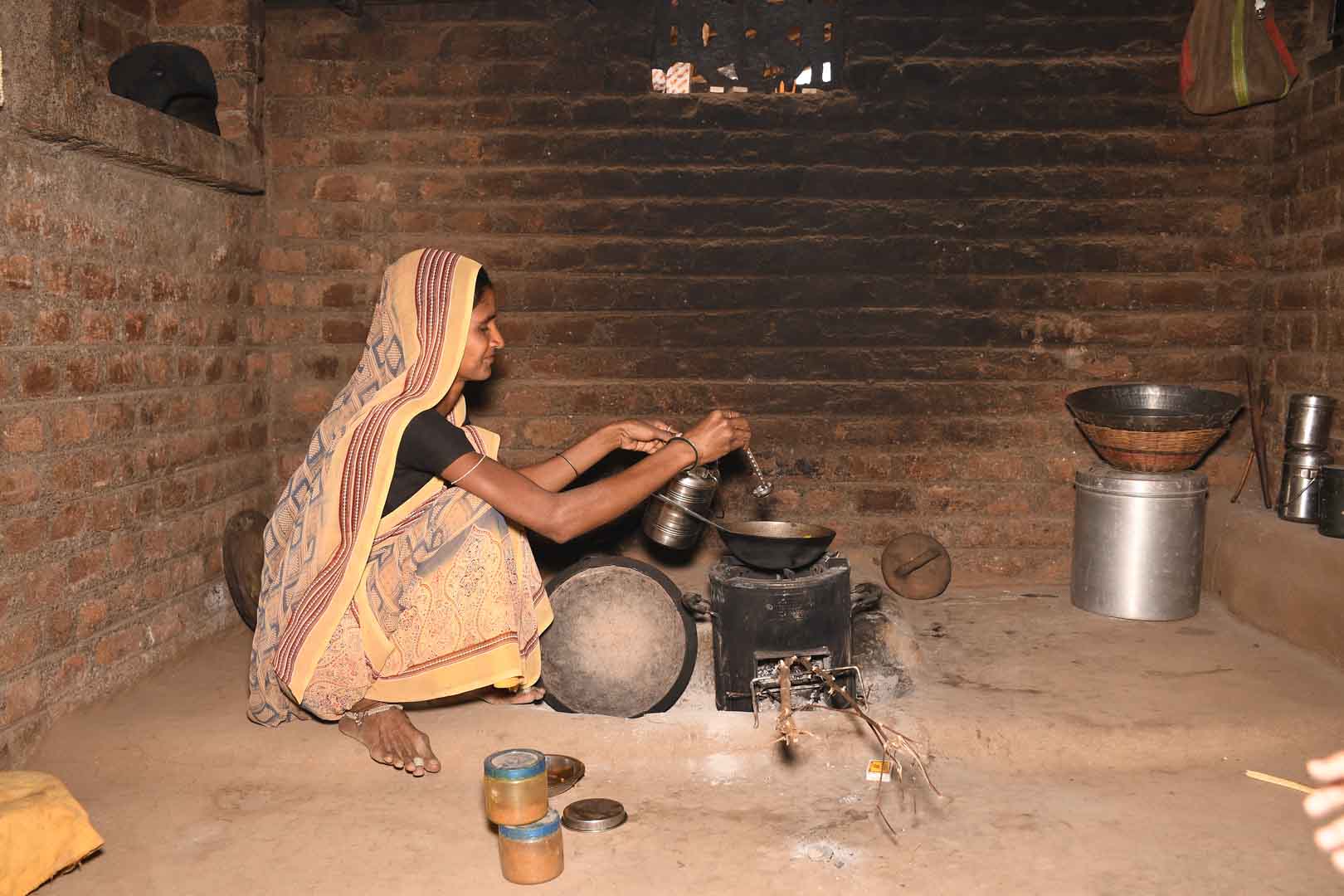
Improved cookstoves worldwide – for better health and cleaner air
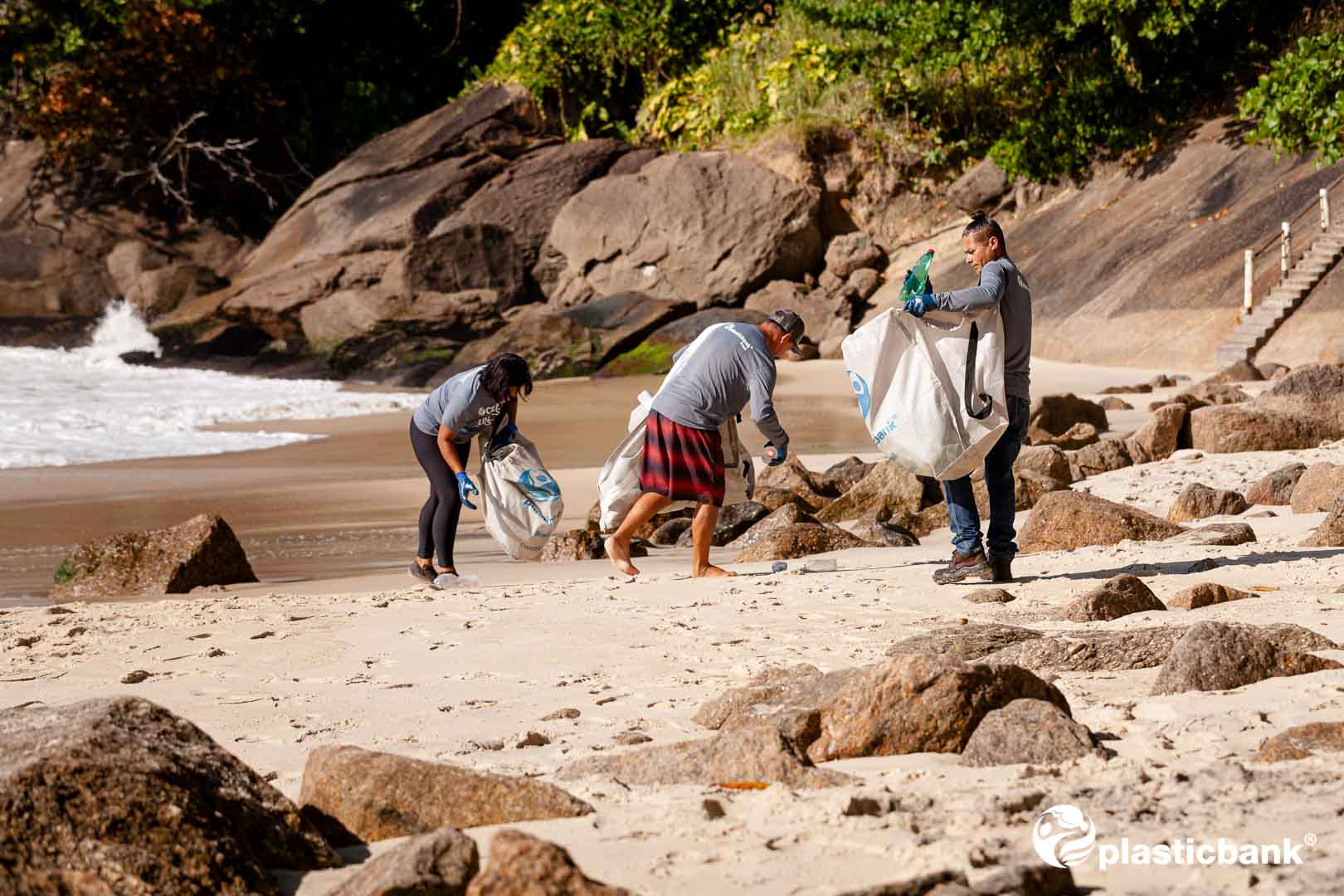
A certified climate project combined with additional commitment
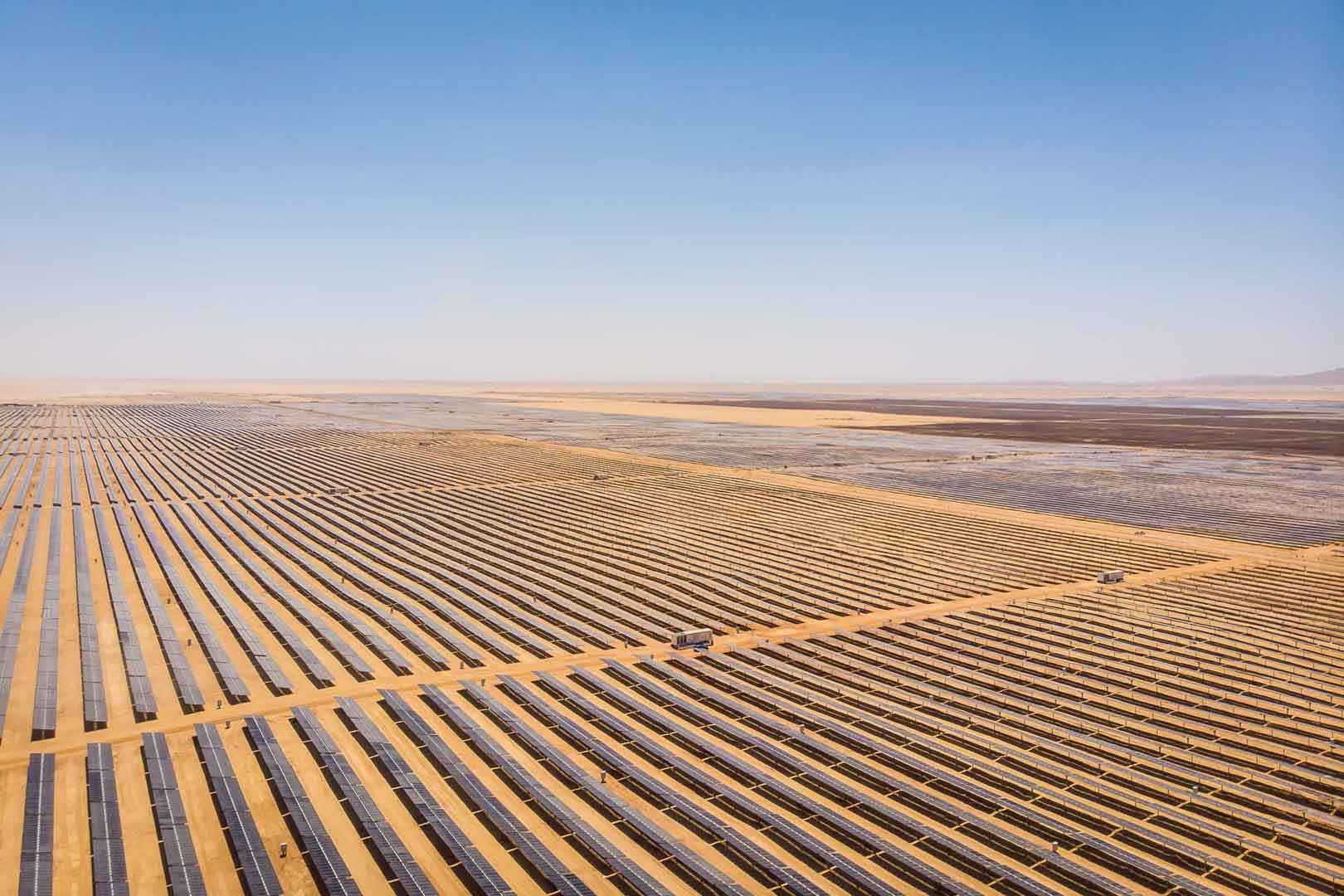
Powering access to green energy in Africa
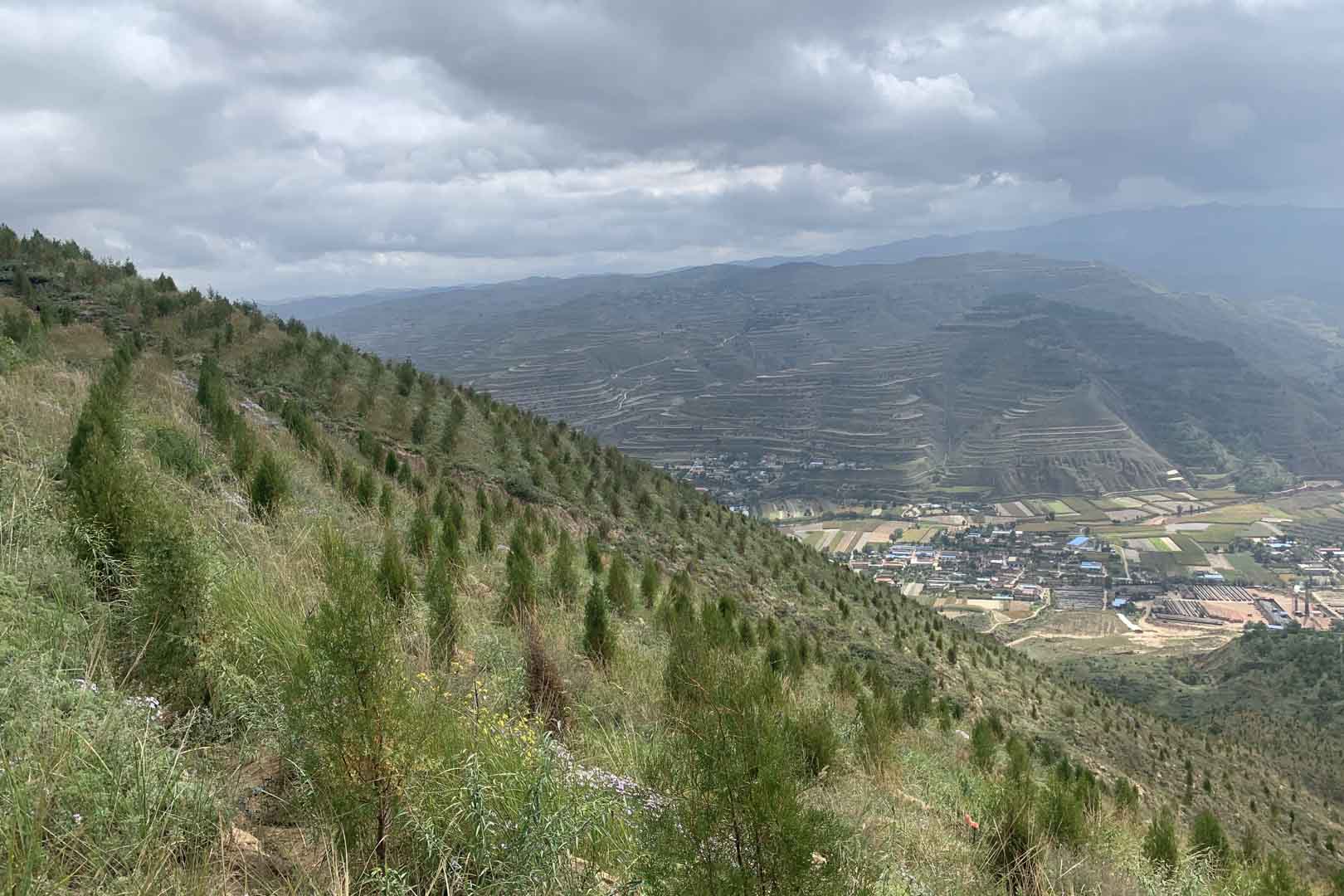
Turning degraded farmlands into healthy ecosystems
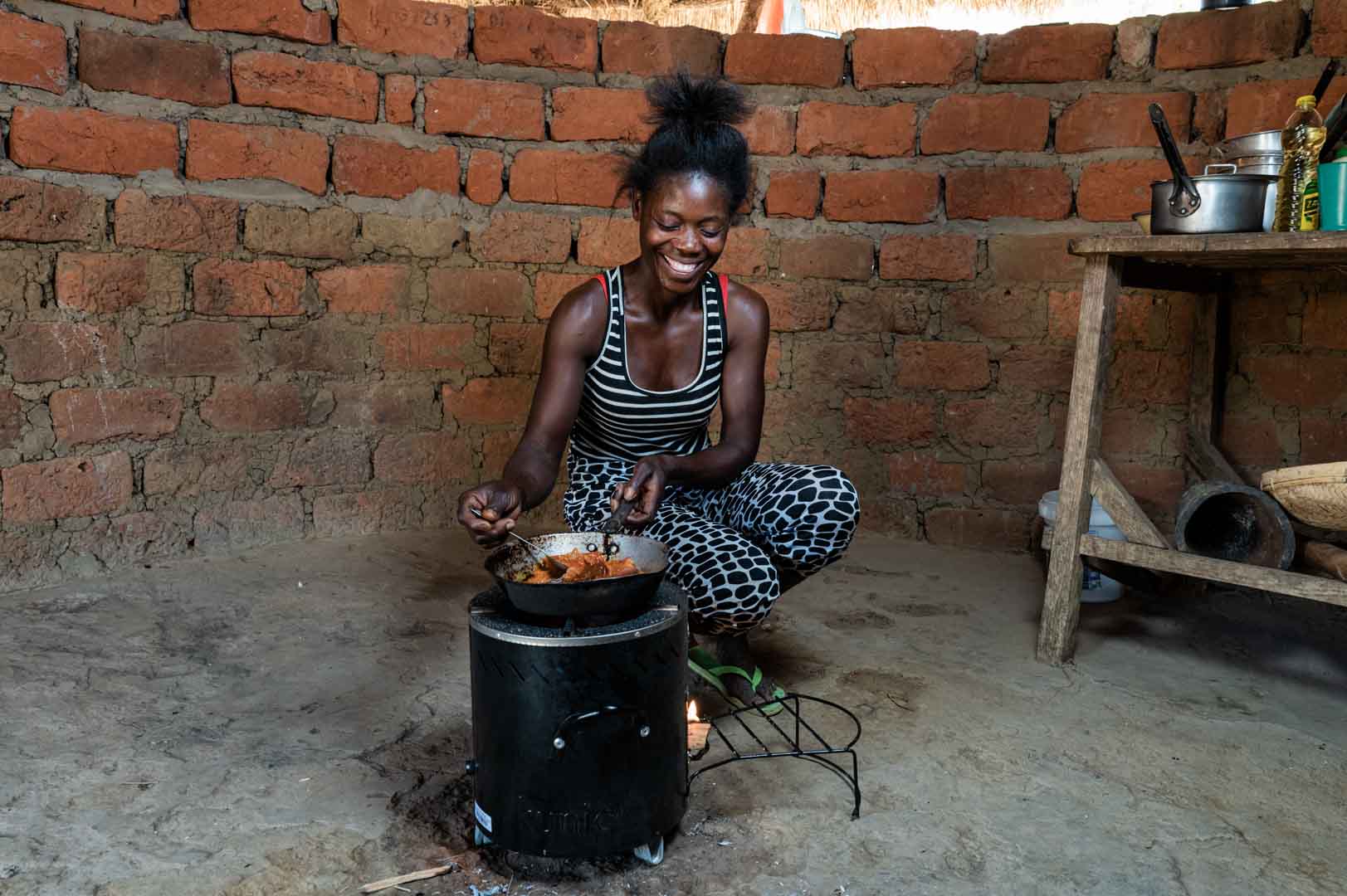
Improved cookstoves - better for health and the environment
